Lab Equipment Study Guide
5.0(1)
5.0(1)
Card Sorting
1/68
Earn XP
Study Analytics
Name | Mastery | Learn | Test | Matching | Spaced |
|---|
No study sessions yet.
69 Terms
1
New cards
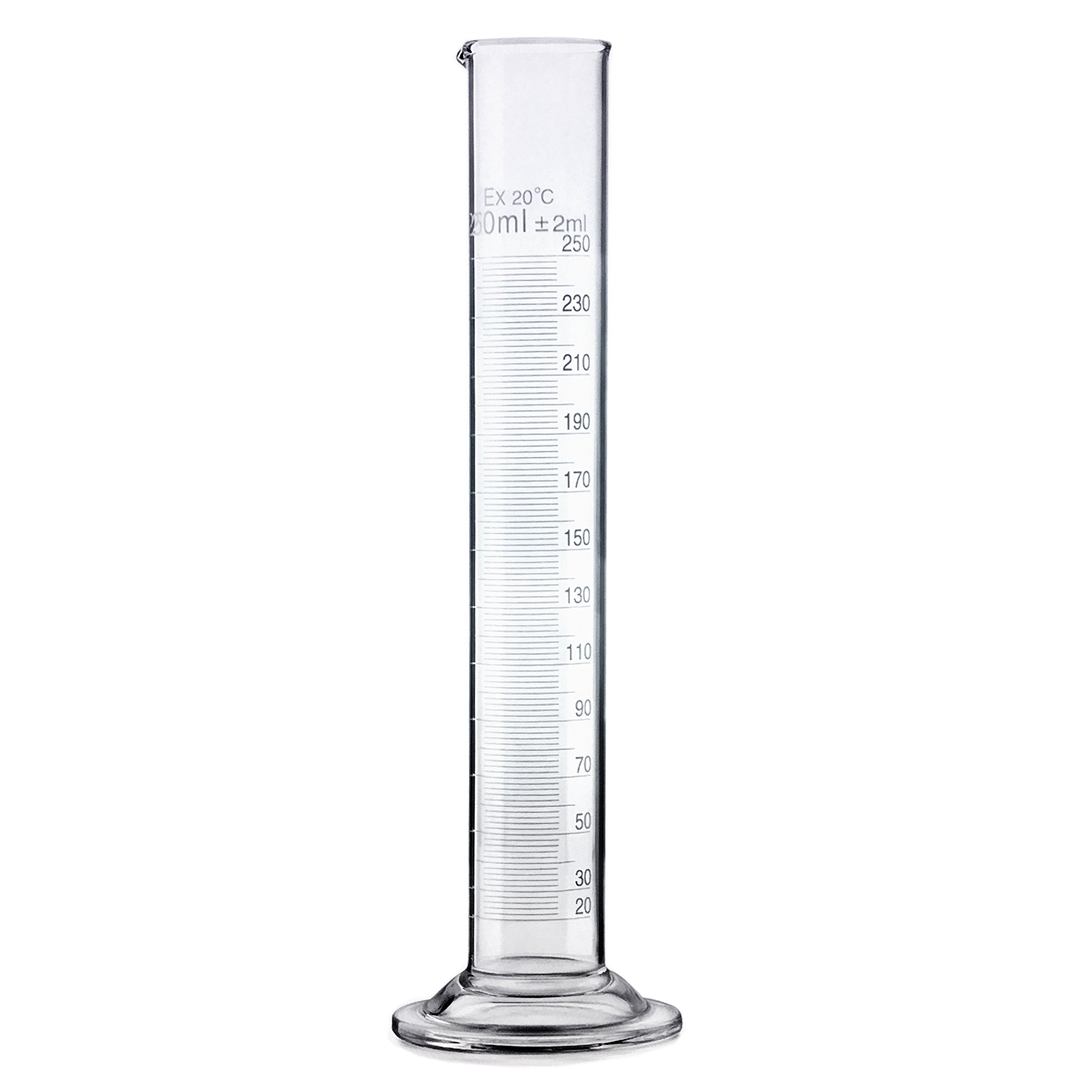
Graduated cylinder
Used to measure the volume of a liquid. Are more accurate than flasks and beakers.
However, they are less accurate and precise than volumetric glassware.
However, they are less accurate and precise than volumetric glassware.
2
New cards
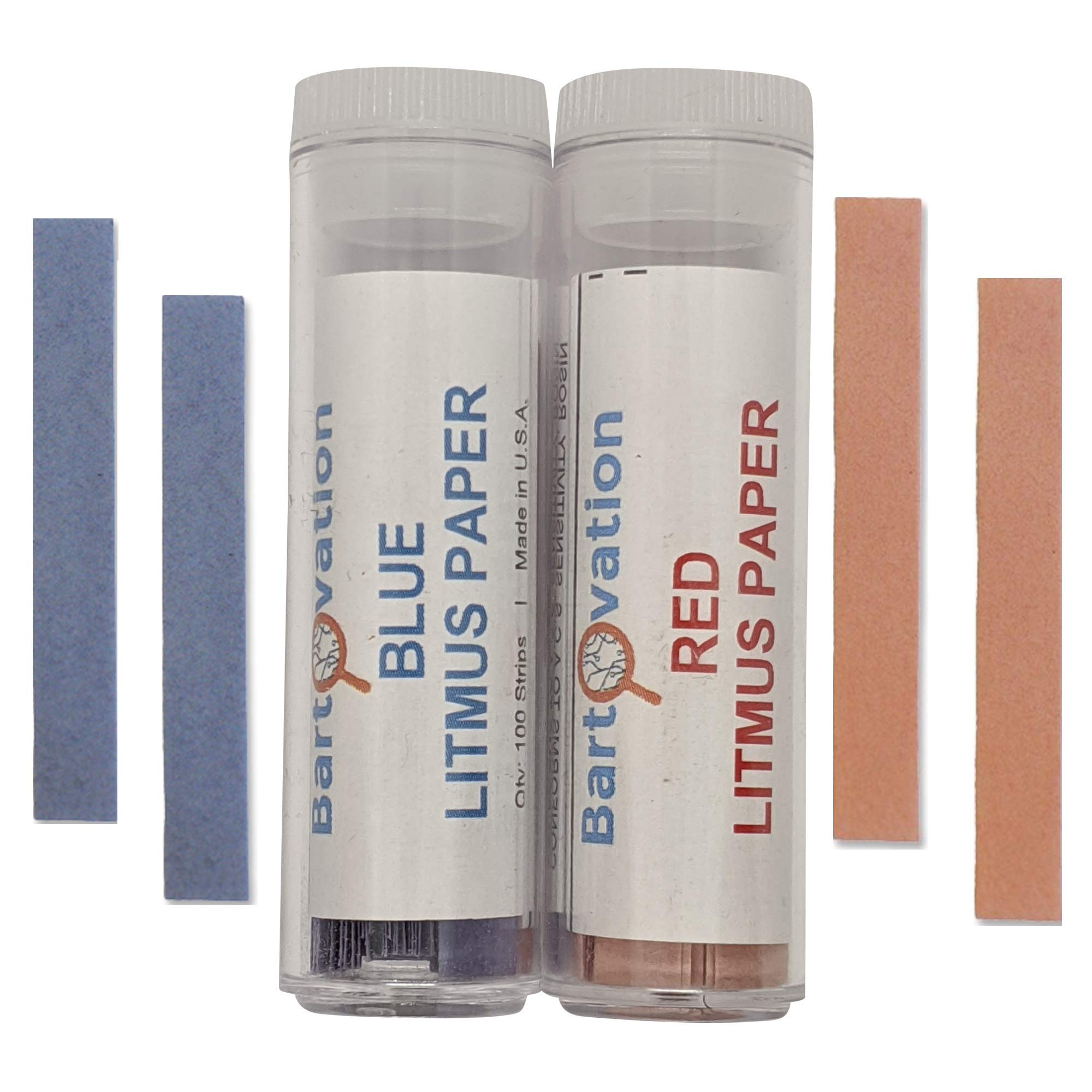
Litmus paper
Used to test materials for acidity.
3
New cards
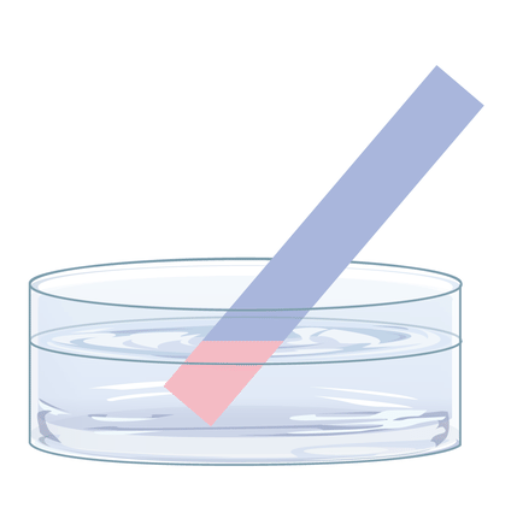
Blue litmus paper
Turns red under acidic conditions
4
New cards
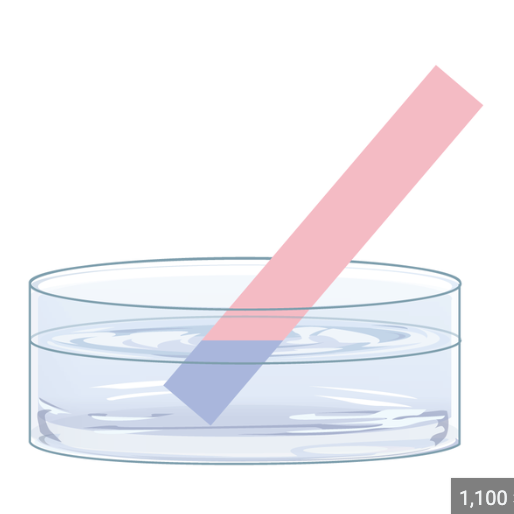
Red litmus paper
Turns blue under basic conditions
5
New cards
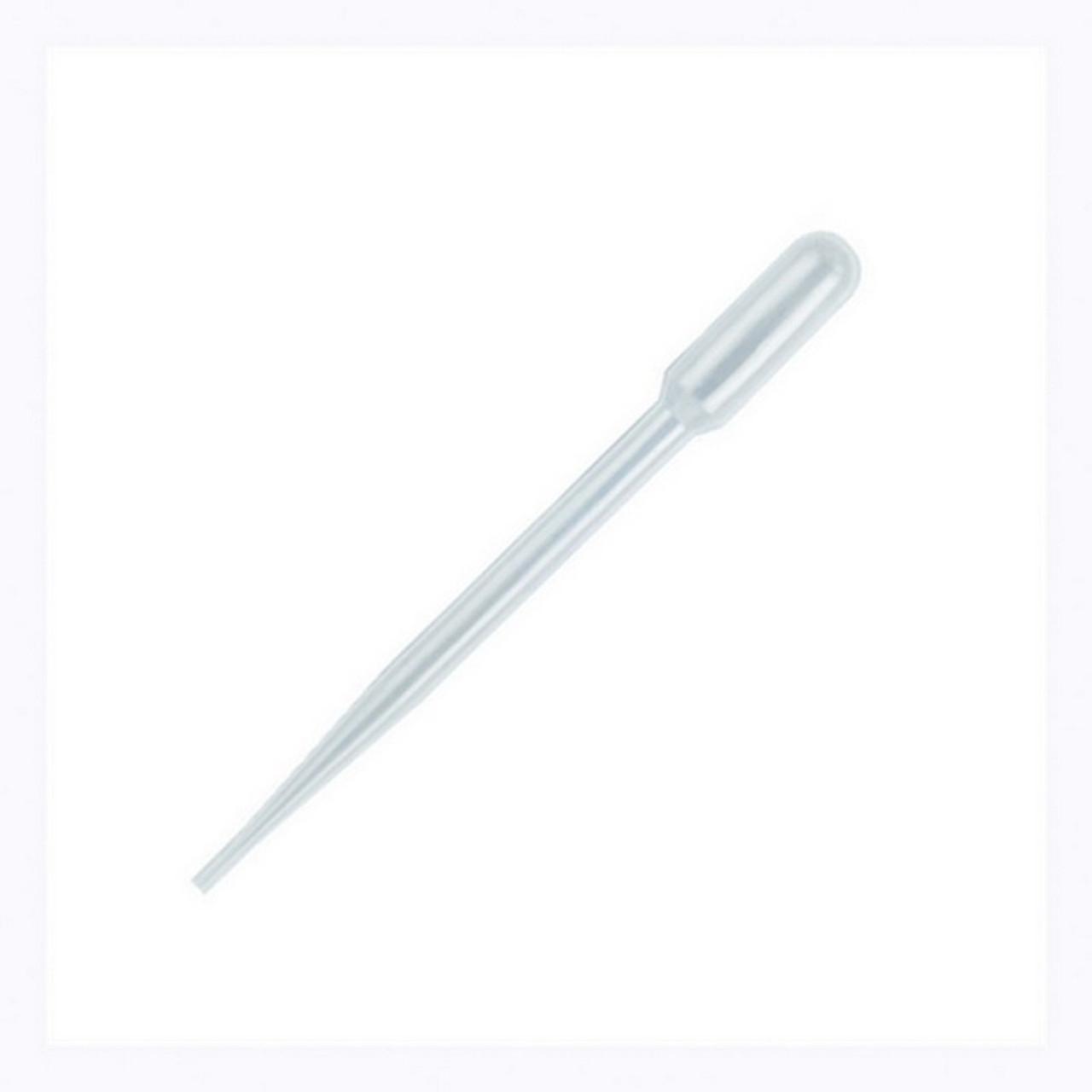
Disposable pipet
A lab tool used to transport a measured volume of liquid.
Not glass, used to transfer liquid safely and quick.
Used only once and disposed of.
Not glass, used to transfer liquid safely and quick.
Used only once and disposed of.
6
New cards
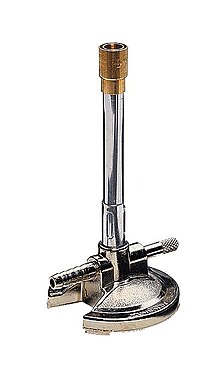
Bunsen Burner
A lab tool that produces a single open gas flame, which is used for heating, sterilization, and
combustion (the process of burning)
combustion (the process of burning)
7
New cards
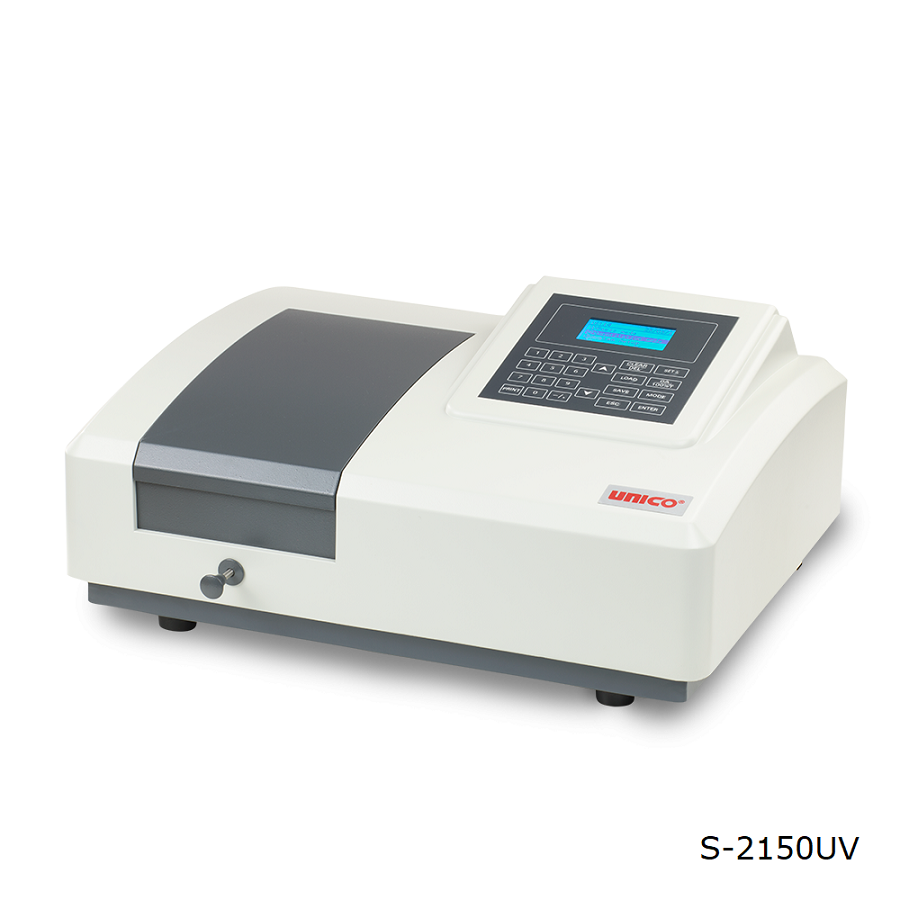
Spectrophotometer
Measures the amount of light reflected from a sample object or the amount of light that is
absorbed by the sample object.
absorbed by the sample object.
8
New cards
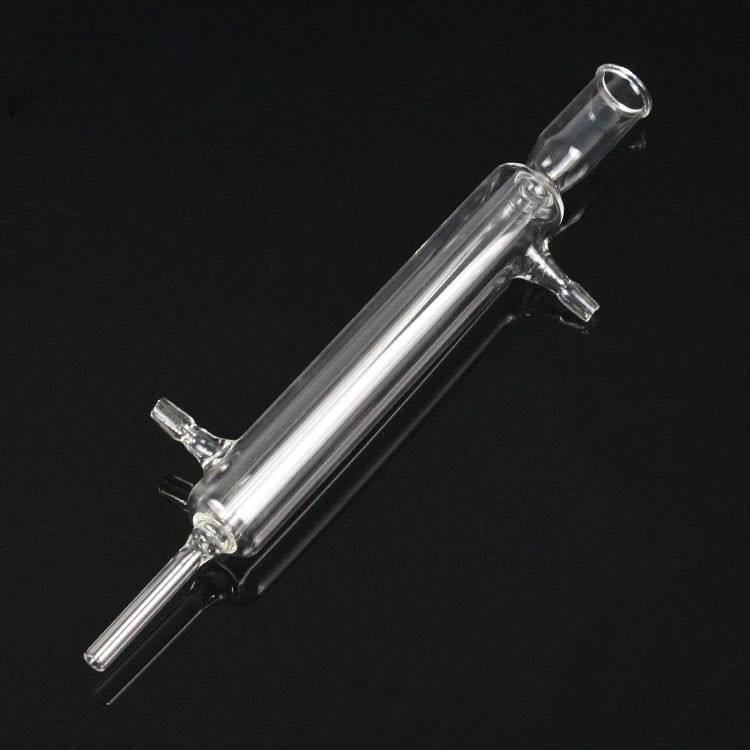
Condenser
A piece of lab glassware used to cool hot vapors or liquids.
9
New cards
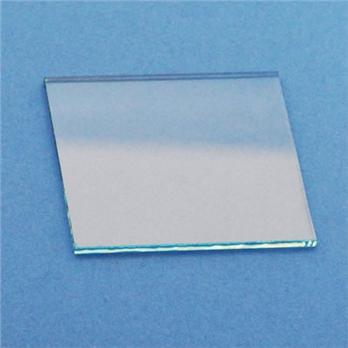
Glass plate
Used to cover beakers to evaporate volatile solvents which are present in a solid substance.
Used to view a specimen under a microscope like a slide.
Used to view a specimen under a microscope like a slide.
10
New cards
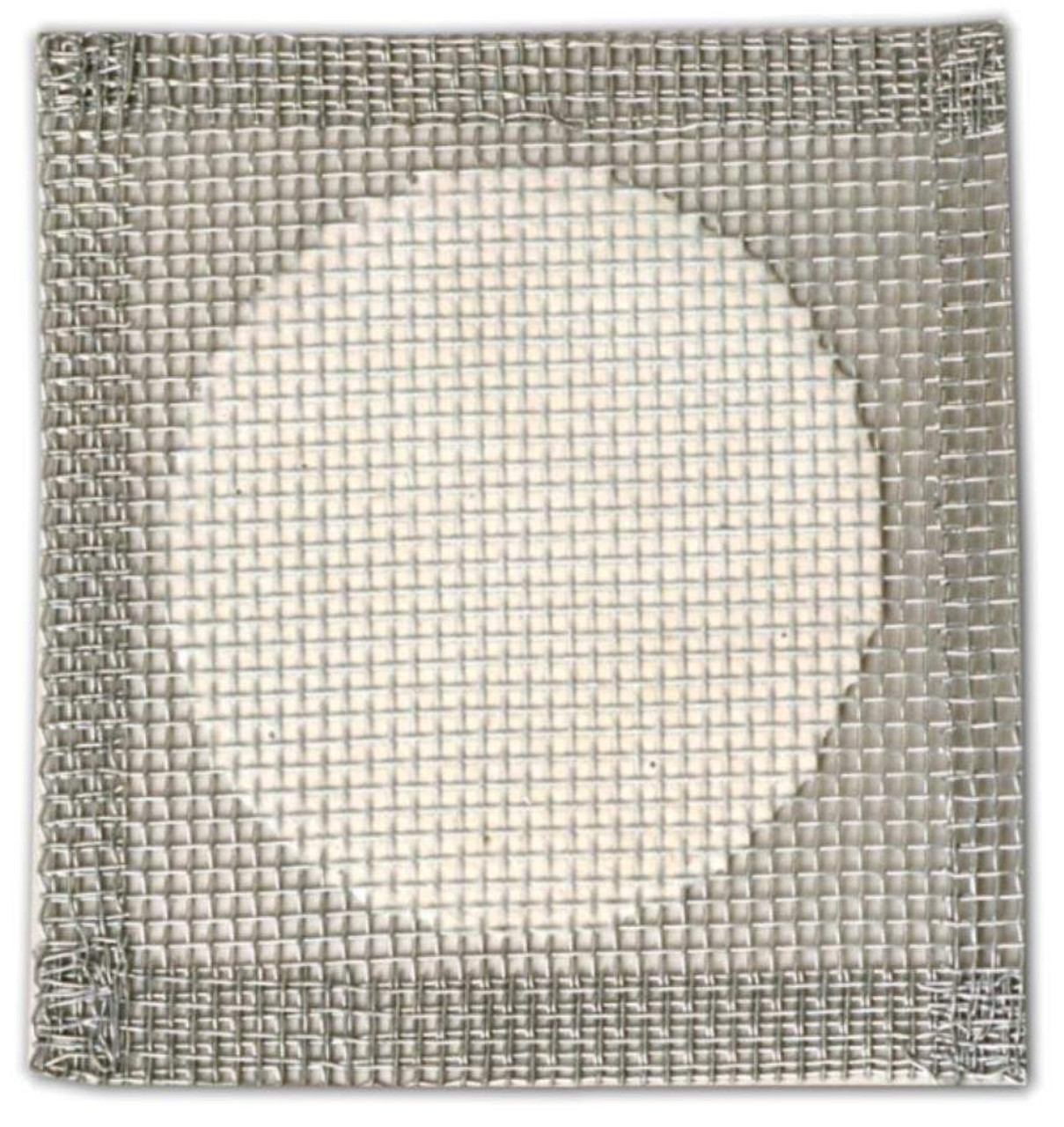
Wire gauze
Used to support a container on a Bunsen burner and prevents contact between the glass
and the flame.
It also helps to spread the flame or heat over the container during the heating process.
and the flame.
It also helps to spread the flame or heat over the container during the heating process.
11
New cards
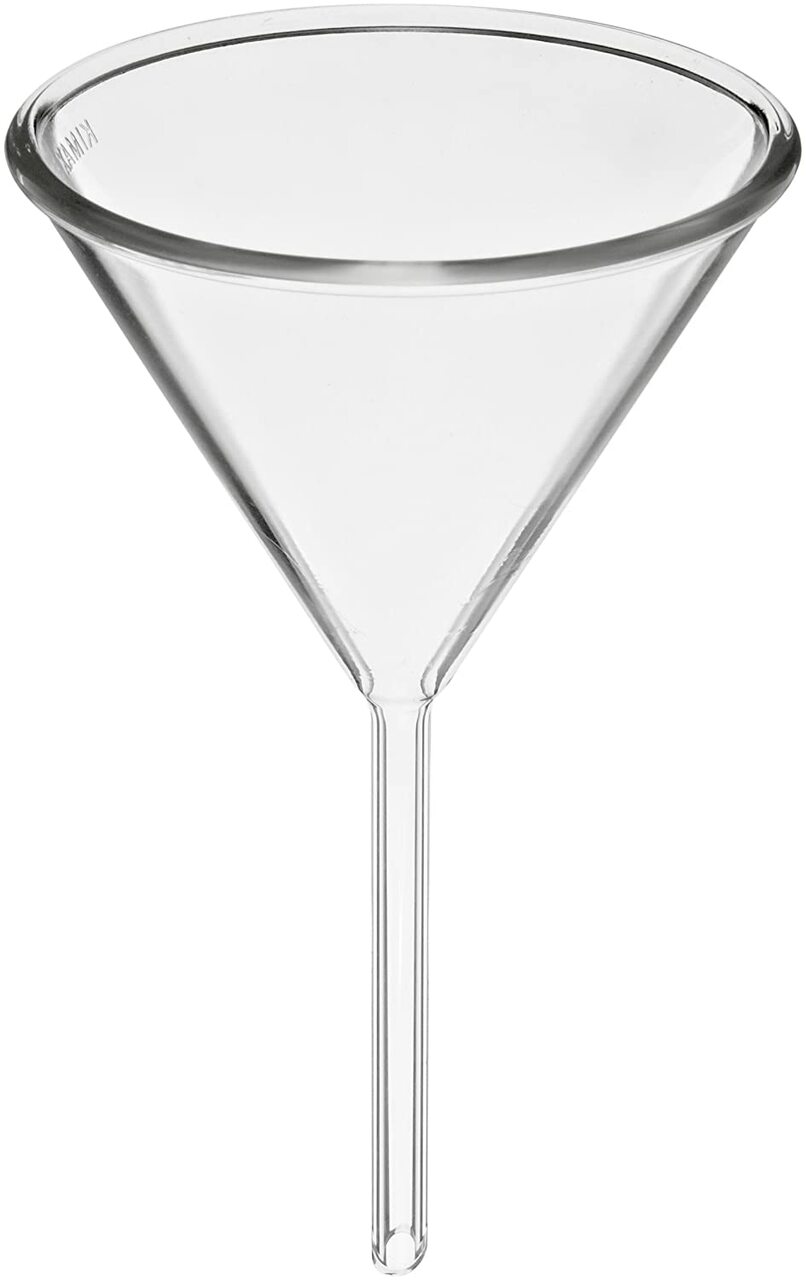
Funnel
It is used for transferring liquids from one container to another without spilling.
Also used with filter paper to remove undissolved solids from a liquid mixture
Also used with filter paper to remove undissolved solids from a liquid mixture
12
New cards
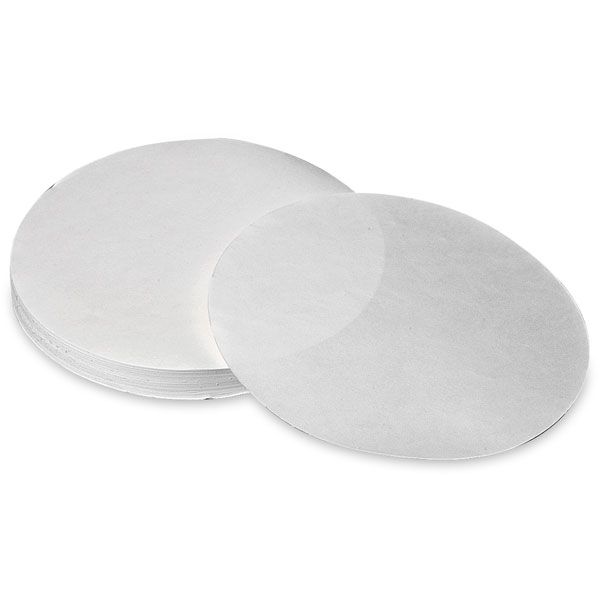
Filter paper
Used to separate fine solids from liquids or air.
Also is used to filter liquids so that a liquid or solution has no solid particles
Also is used to filter liquids so that a liquid or solution has no solid particles
13
New cards
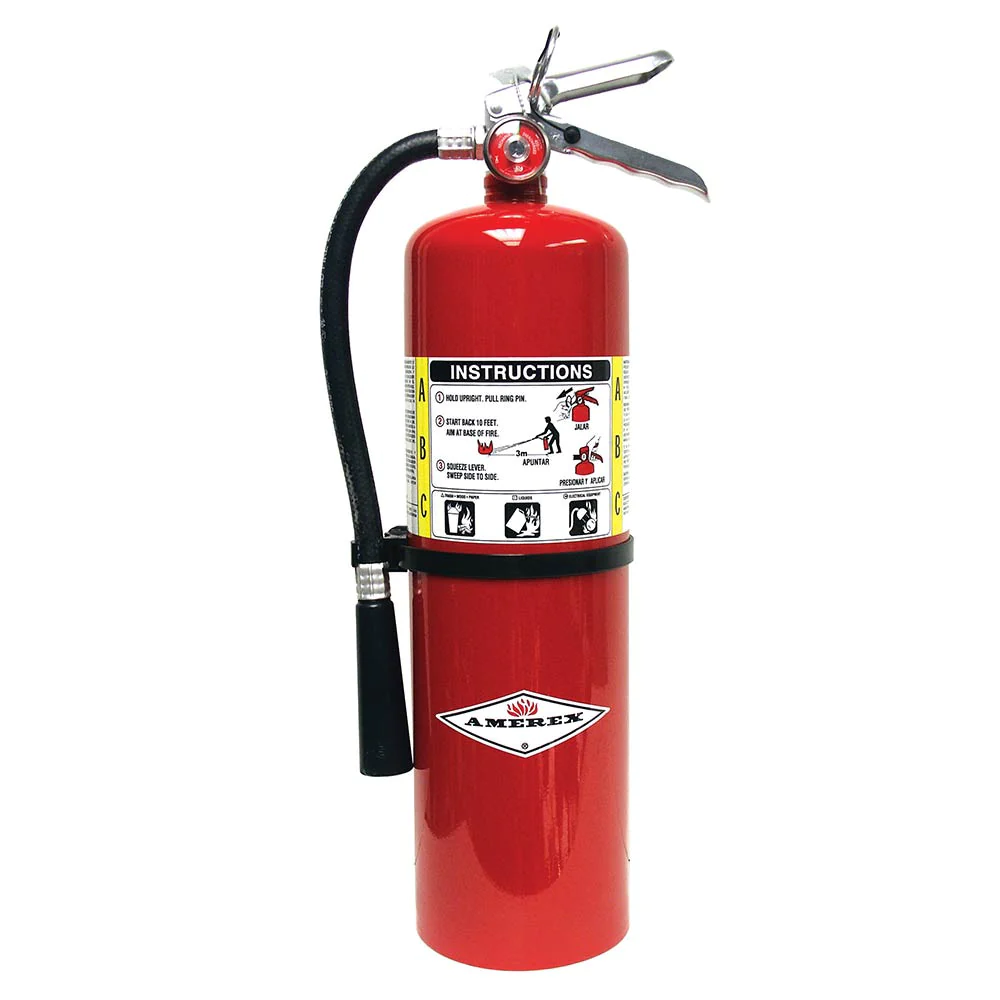
Fire extinguisher
An active fire protection device used to extinguish or control small fires.
14
New cards
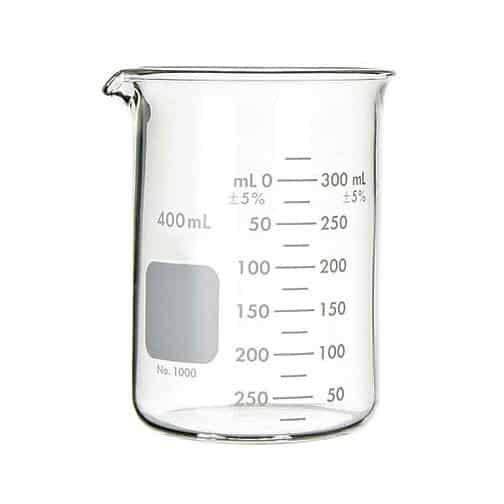
Beaker
A glass cylinder used for mixing and heating chemicals
It is made out of glass that can handle high temperatures
Are generally cylindrical in shape, with a flat bottom and a lip for pouring.
It is made out of glass that can handle high temperatures
Are generally cylindrical in shape, with a flat bottom and a lip for pouring.
15
New cards
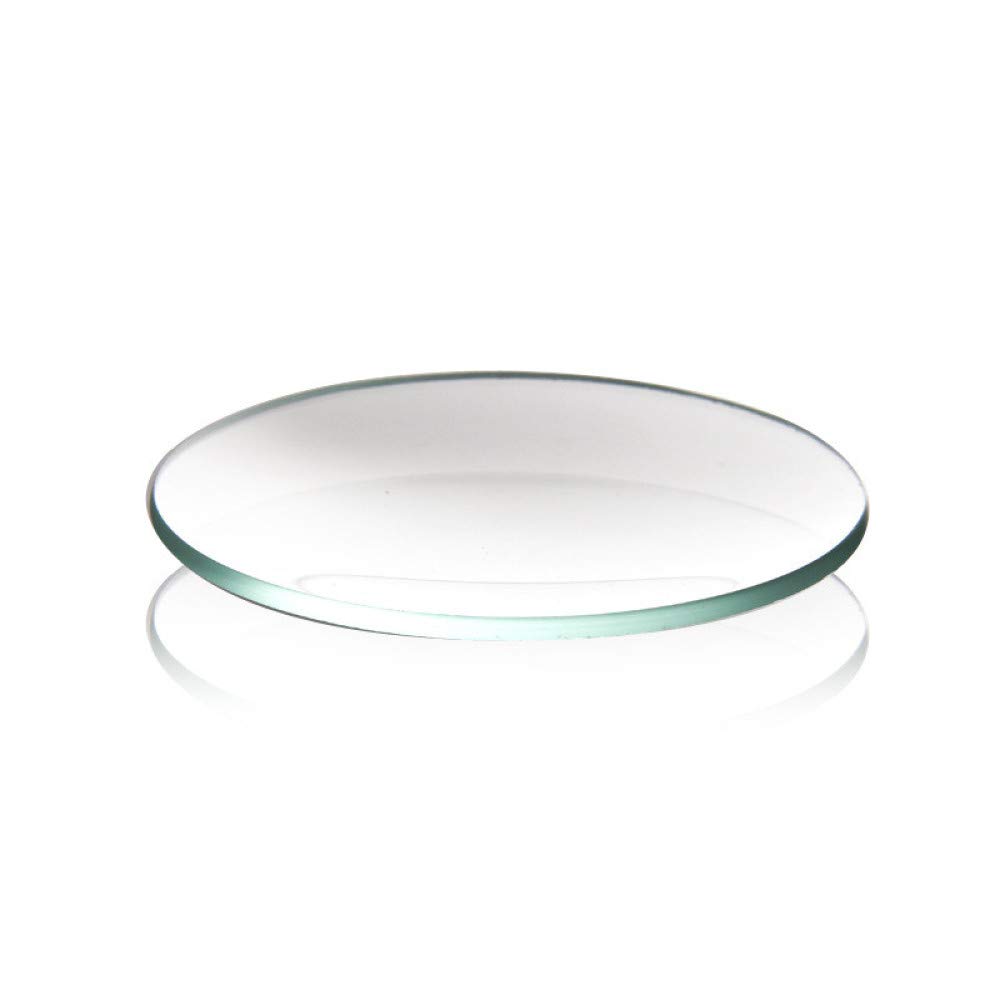
Watch glass
A circular glass that is used for chemistry for a surface for evaporate a liquid.
It is also used to hold solids while being weighed, it can also be a cover for a beaker.
It is also used to hold solids while being weighed, it can also be a cover for a beaker.
16
New cards
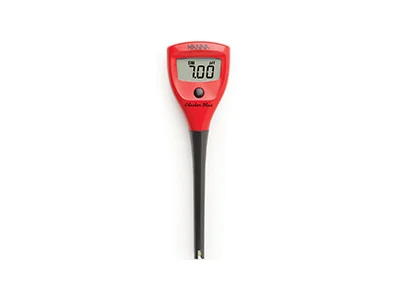
pH Meter
An electronic device used for measuring mostly acids and liquids.
It is a very accurate tool in chemistry
It is a very accurate tool in chemistry
17
New cards
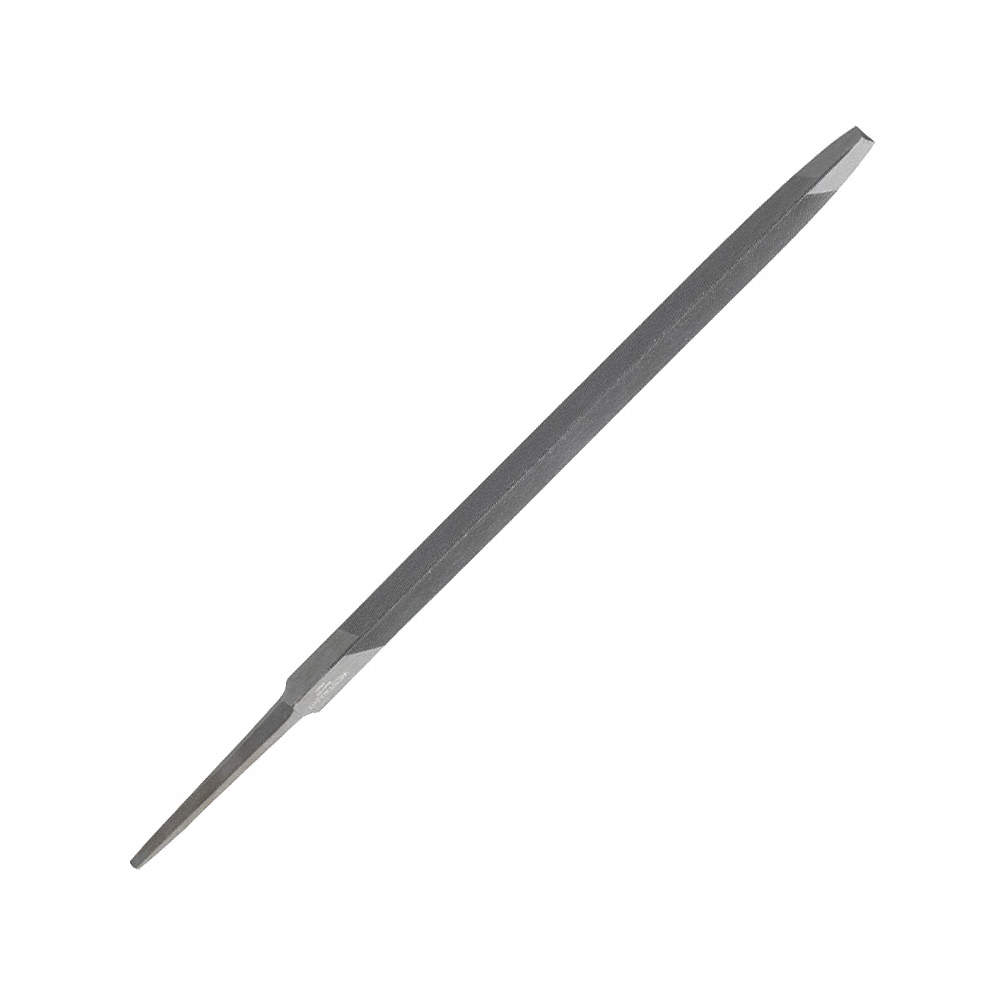
Triangular file
A tool for trimming and sharpening edges of the glass
Used to score or cut glass tubings to create clean breaks
Used to score or cut glass tubings to create clean breaks
18
New cards
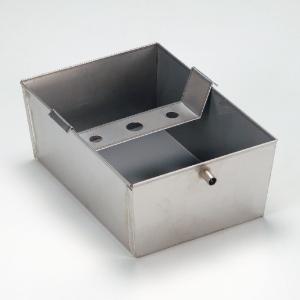
Pneumatic trough
A piece of equipment used for collecting gases.
Hydrogen, Oxygen, and Nitrogen are gases that are collected.
It also requires a liquid like water.
Hydrogen, Oxygen, and Nitrogen are gases that are collected.
It also requires a liquid like water.
19
New cards
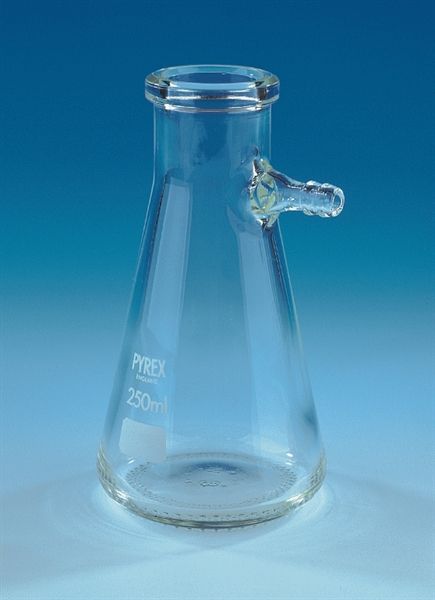
Büchner flask or Vacuum Flask
It has a short glass tube about an inch away from the neck of the flask and acts as an
adapter.
It can be used with a Büchner funnel for separating solids and liquids.
adapter.
It can be used with a Büchner funnel for separating solids and liquids.
20
New cards
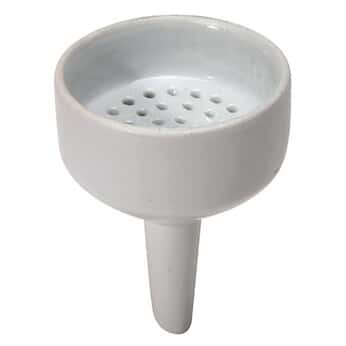
Büchner funnel
Used as a filter and a funnel at the same time.
Separates a solid product from a solvent or liquid reaction mixture.
Separates a solid product from a solvent or liquid reaction mixture.
21
New cards
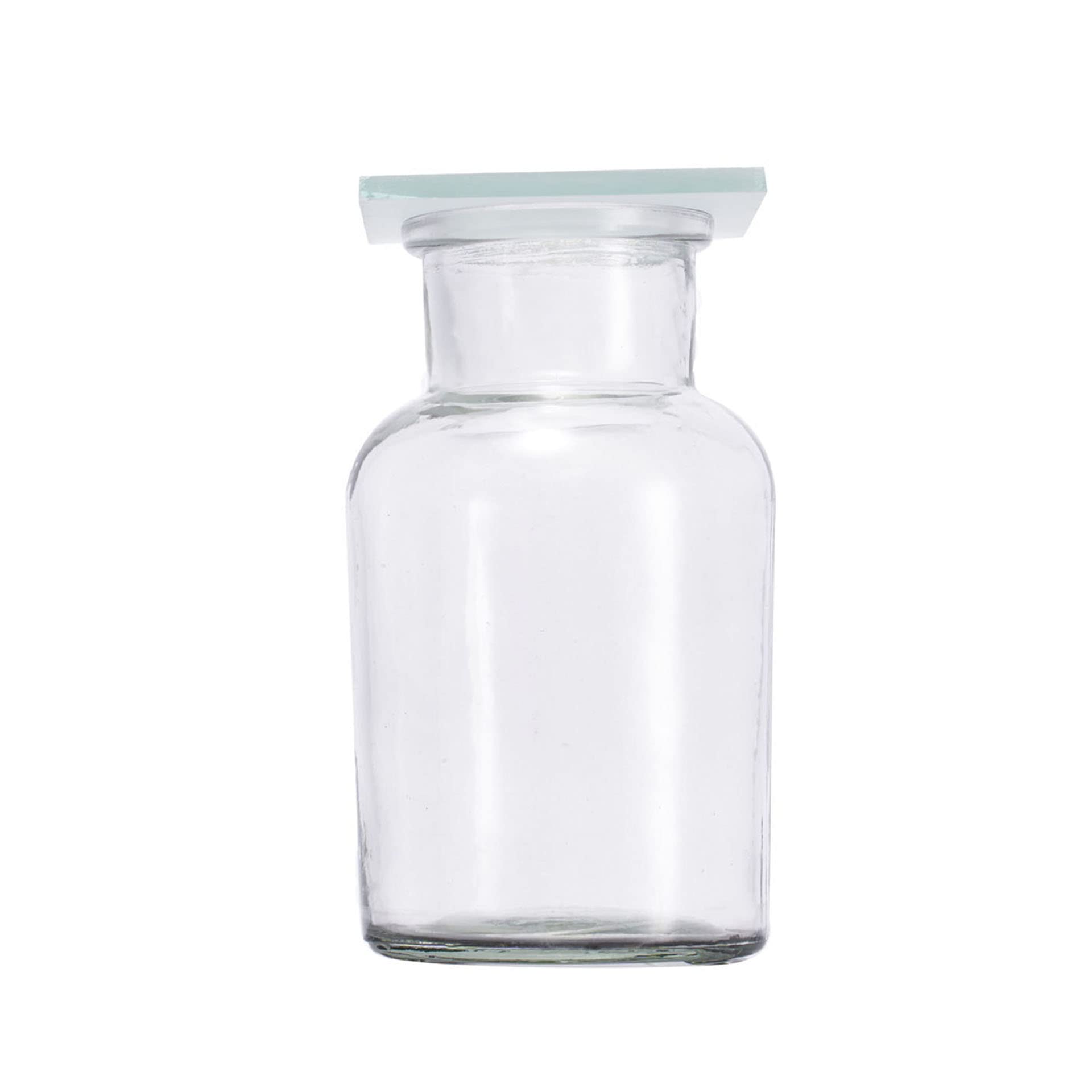
Gas collecting bottle
Used to collect a gas.
It is usually filled with water and the gas bubbled through the water into the bottle
It is usually filled with water and the gas bubbled through the water into the bottle
22
New cards
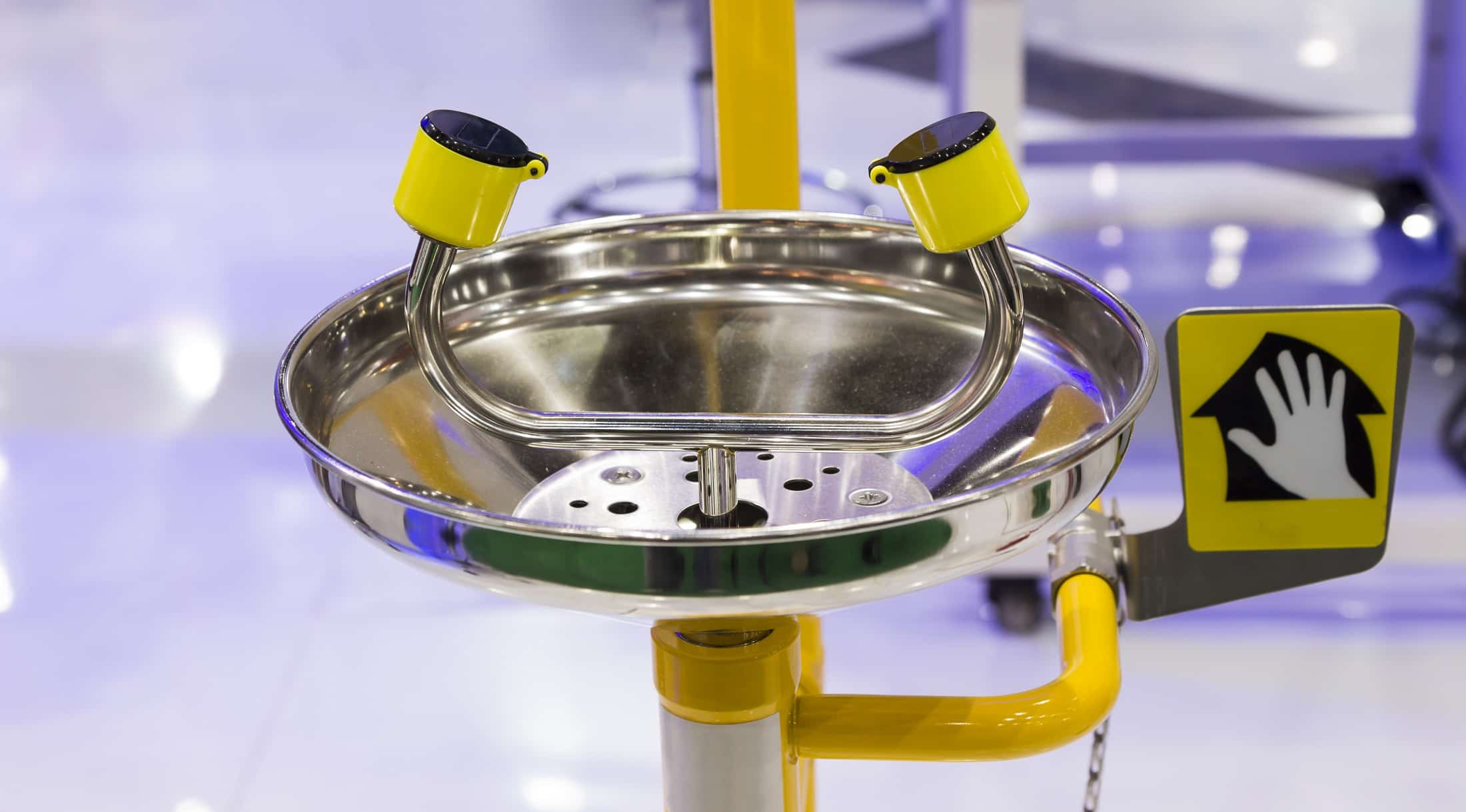
Eye wash station
Used for washing out your eyes with water
When you get a chemical in your eye you should wash it out with water for 20 Minutes.
When you get a chemical in your eye you should wash it out with water for 20 Minutes.
23
New cards
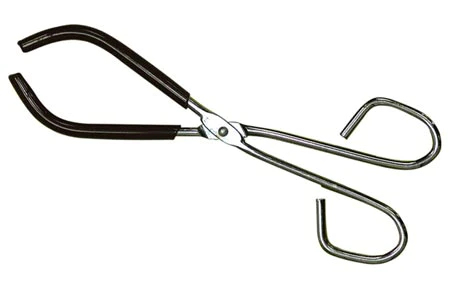
Beaker tongs
A grasping device consisting of two arms that are joined by a pivot or scissor like hinge.
Usually used to handle hot beakers.
Usually used to handle hot beakers.
24
New cards
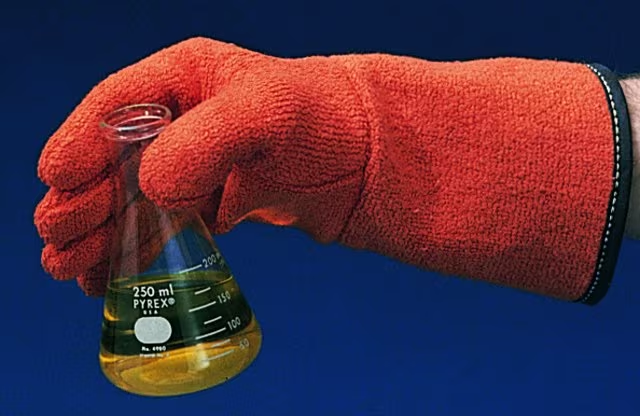
Heat protective gloves
Used in chemistry for handling hot beakers and test tubes.
It can handle over many things besides heat, it can handle rough and sharp metal parts.
It can handle over many things besides heat, it can handle rough and sharp metal parts.
25
New cards
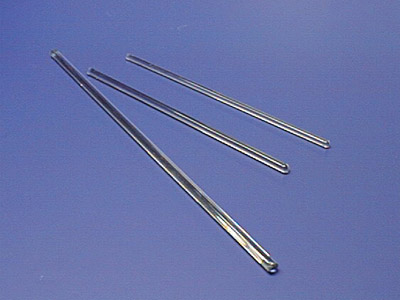
Stirring rod
A piece of lab equipment used to stir and mix chemicals for laboratory purposes.
26
New cards
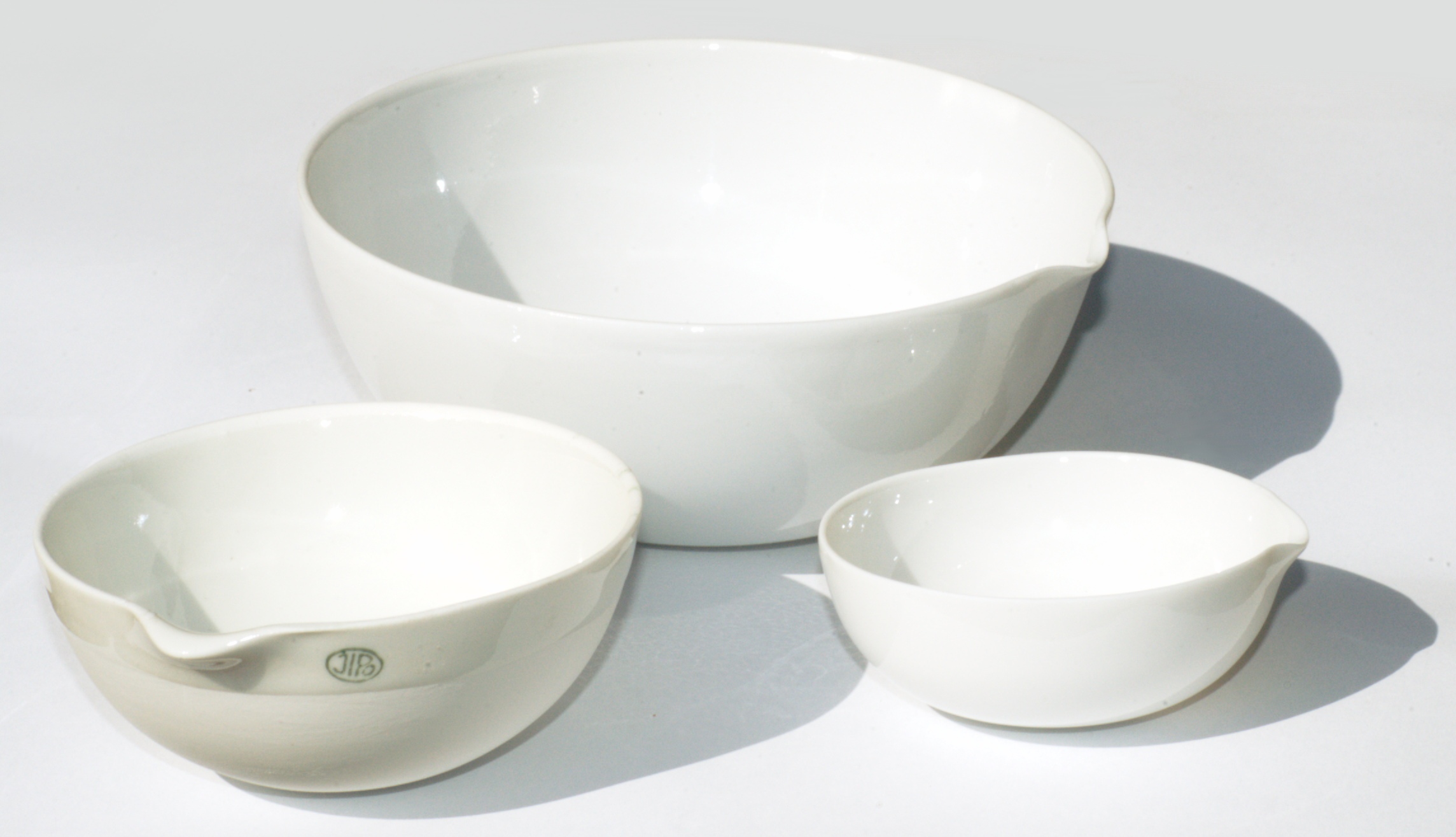
Evaporating dish
Piece of glassware used for the evaporation of solids and fluids.
27
New cards
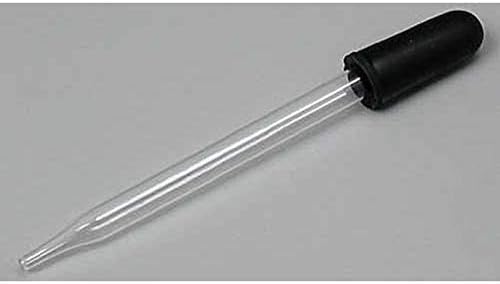
Eye dropper
Used to drop single droplets of liquid and to transfer small quantities of liquids
28
New cards
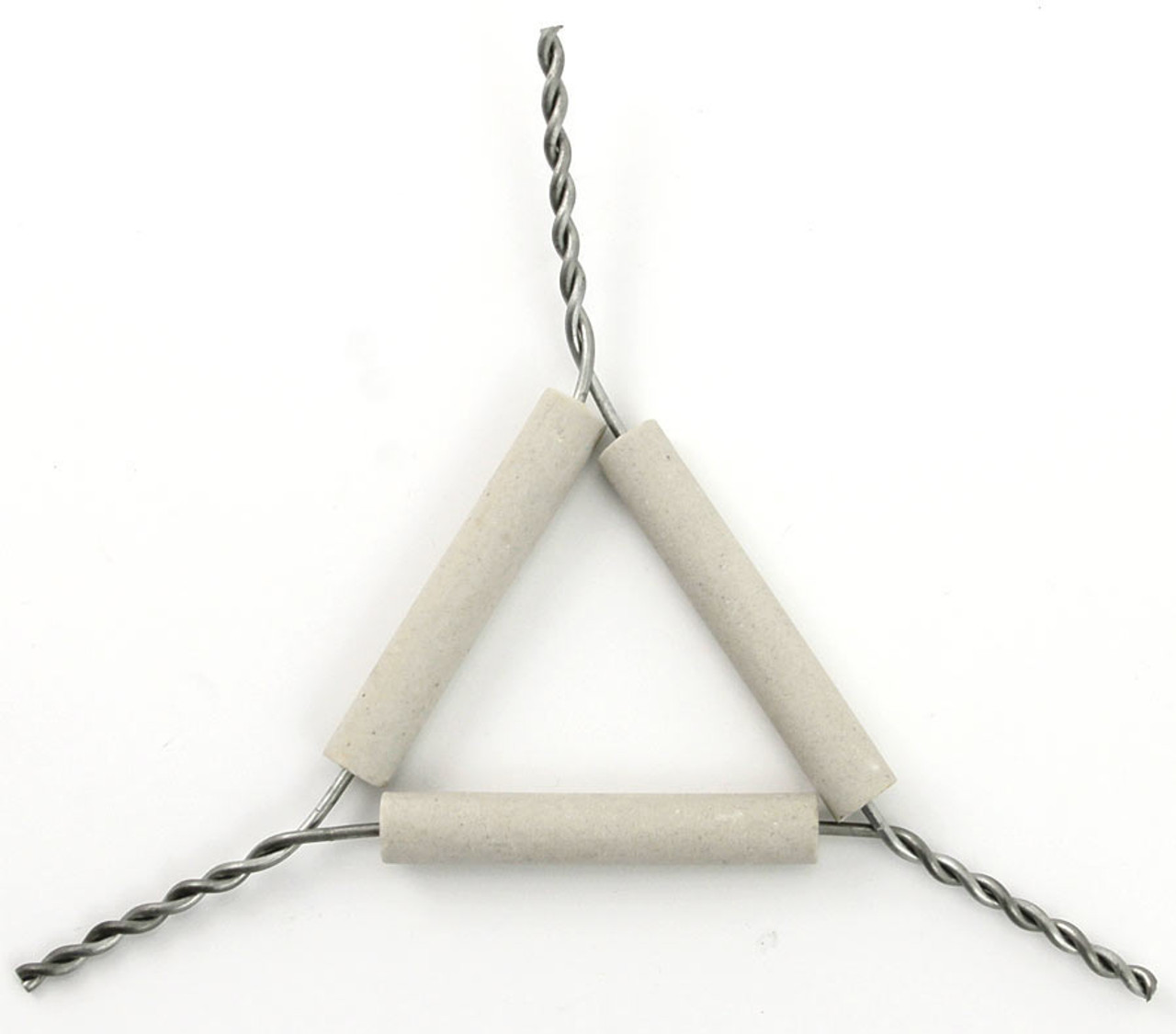
Clay triangle
Used to support items being heated by a Bunsen burner or other heat source.
29
New cards
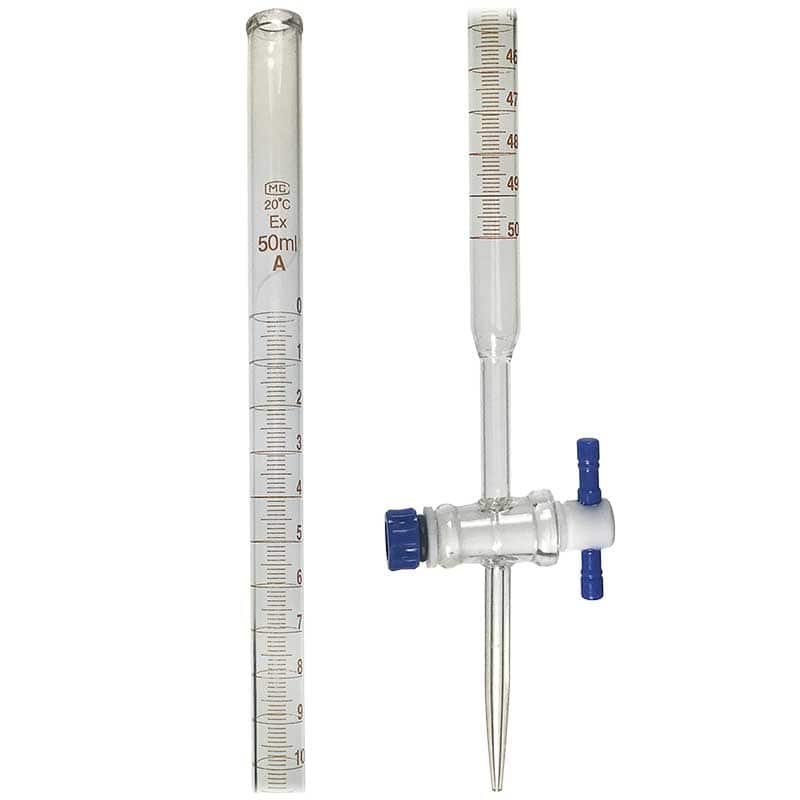
Buret
Used to dispense measured amounts of a chemical solution.
Also used in titrations to measure precisely how much liquid is used
Also used in titrations to measure precisely how much liquid is used
30
New cards
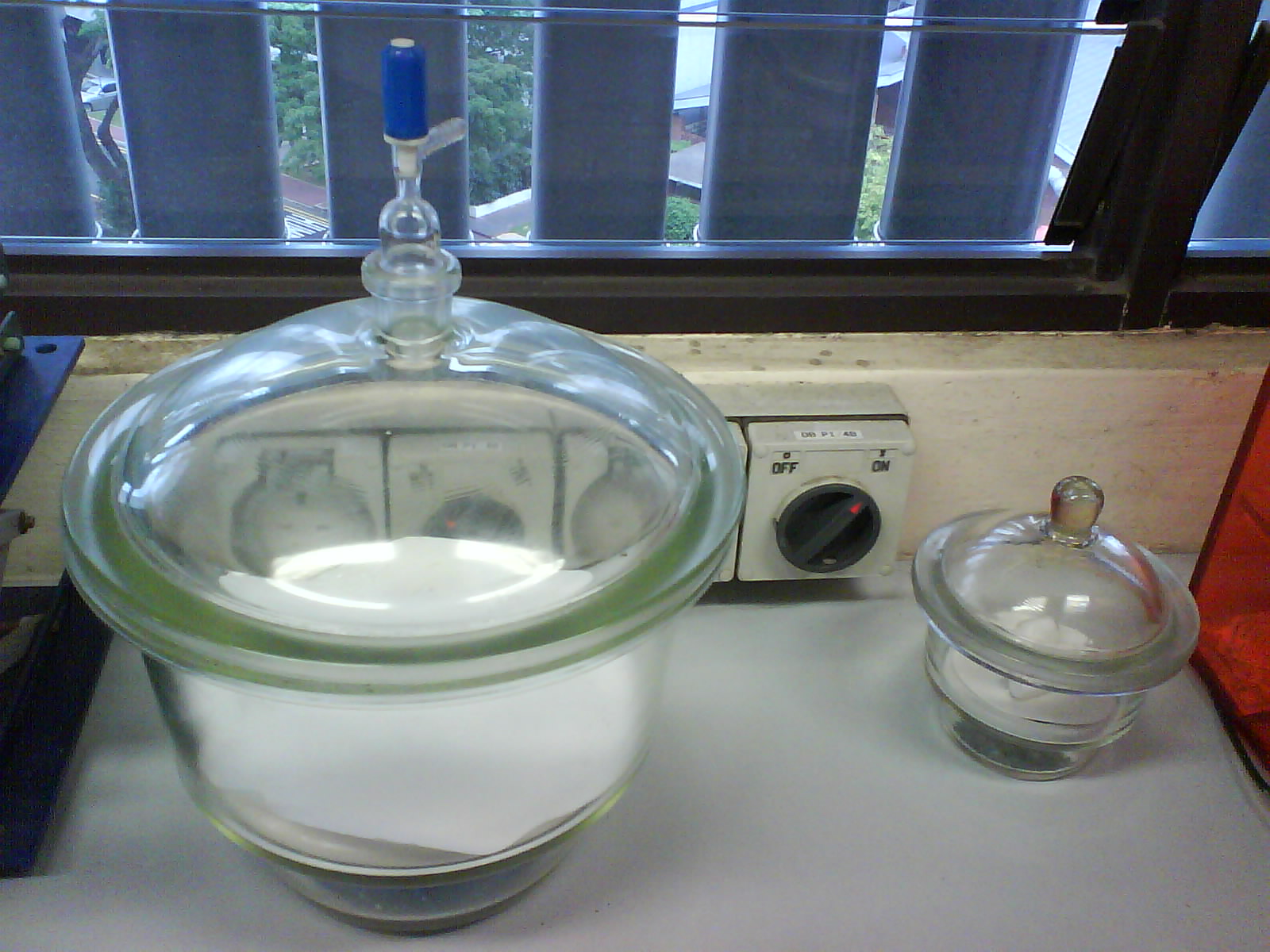
Desiccator
Sealable containers used for preserving moisture-sensitive items.
31
New cards
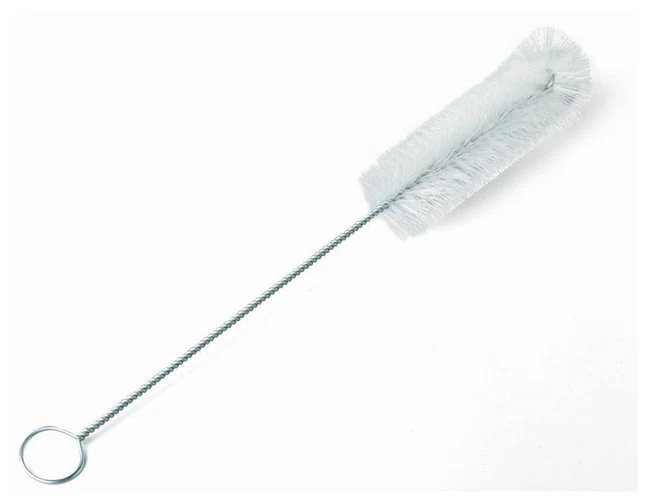
Test tube brush
Used to clean the inside of test tubes and narrow mouth glassware.
32
New cards
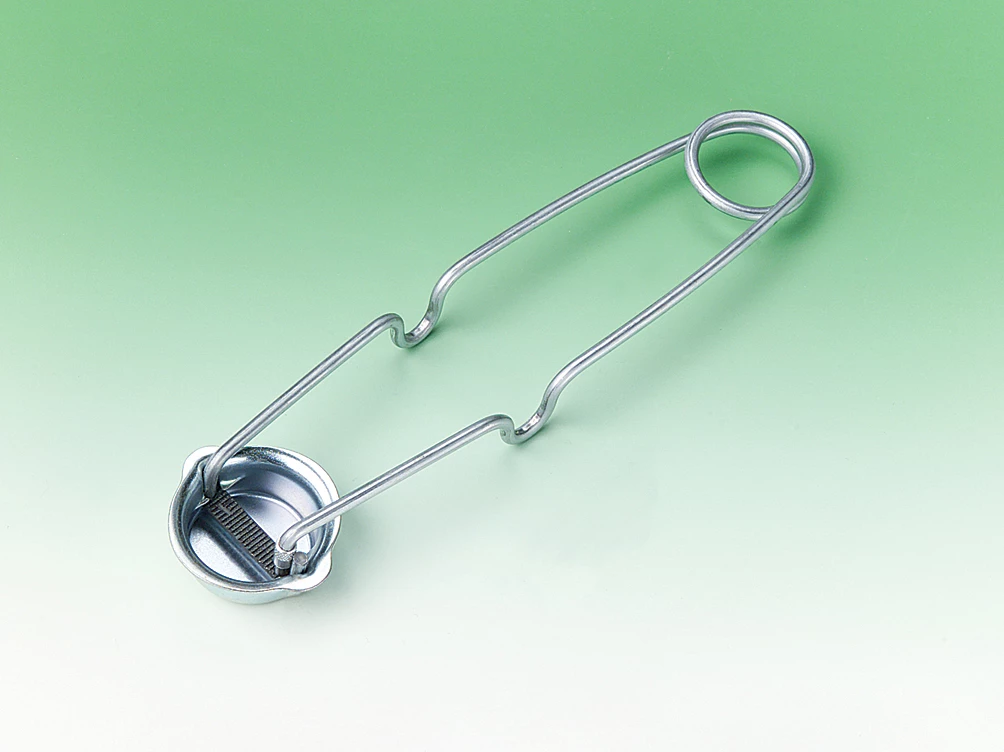
Flint striker
Used to start a fire with only sparks when you do not have a lighter or matches.
33
New cards
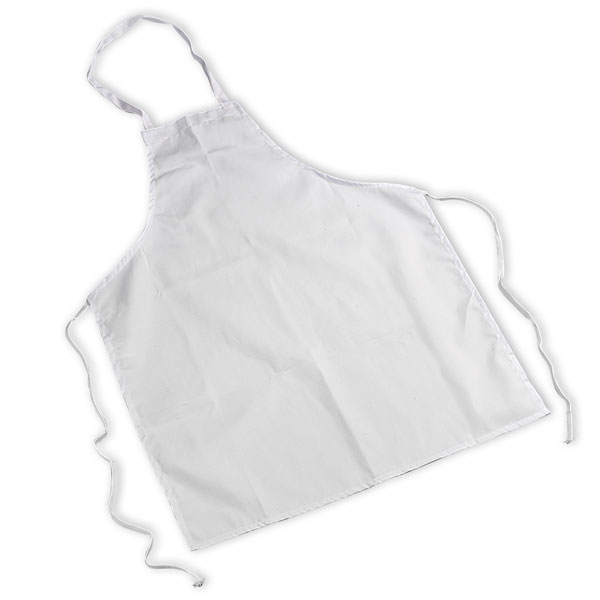
Apron
You wear this because it can protect your clothes and body from substances.
34
New cards
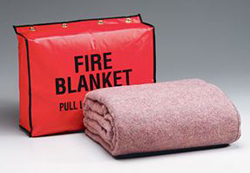
Fire blanket
A safety device used to put out starting fires.
35
New cards
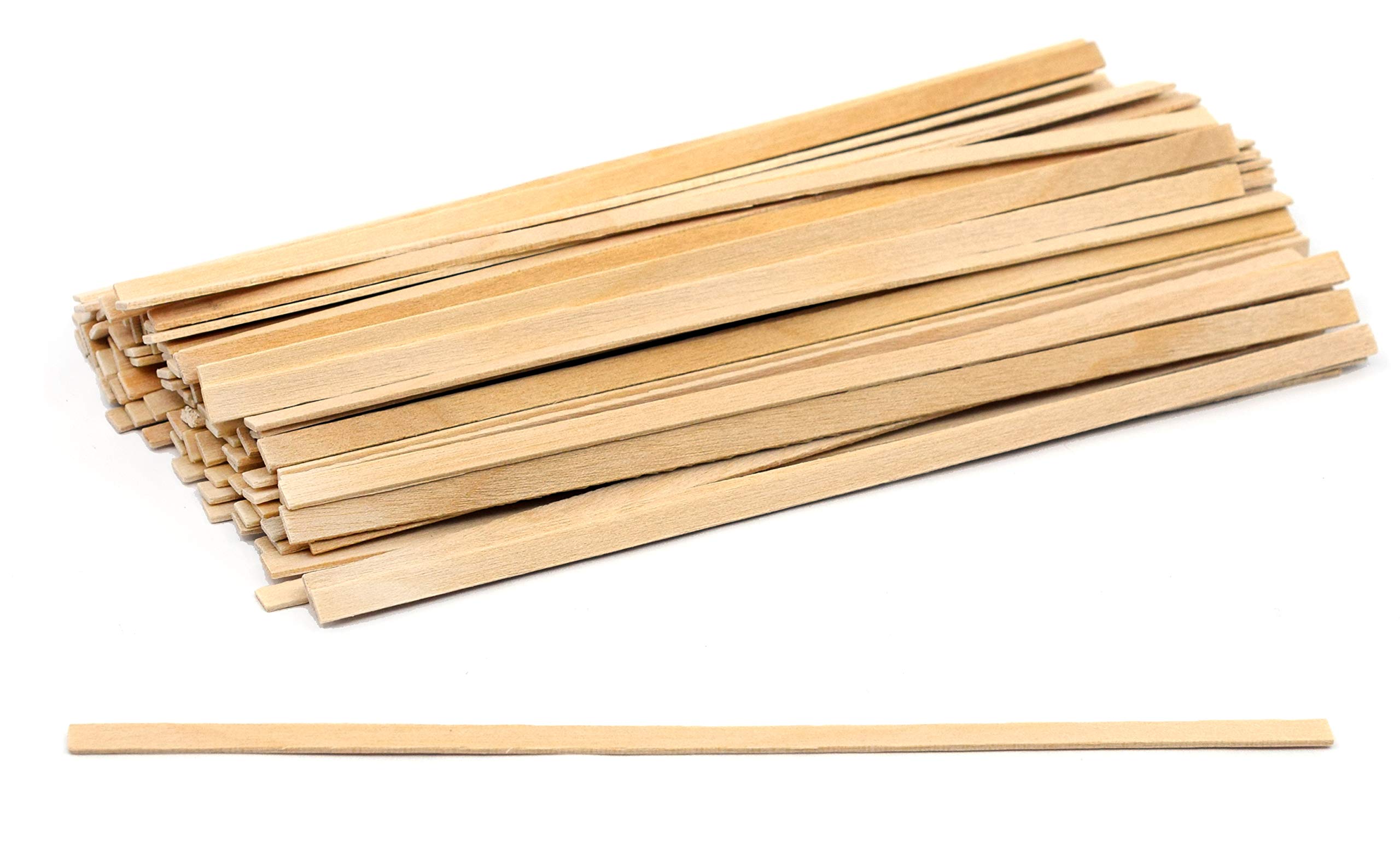
Wood splint
Used as a way to light other objects on fire
36
New cards
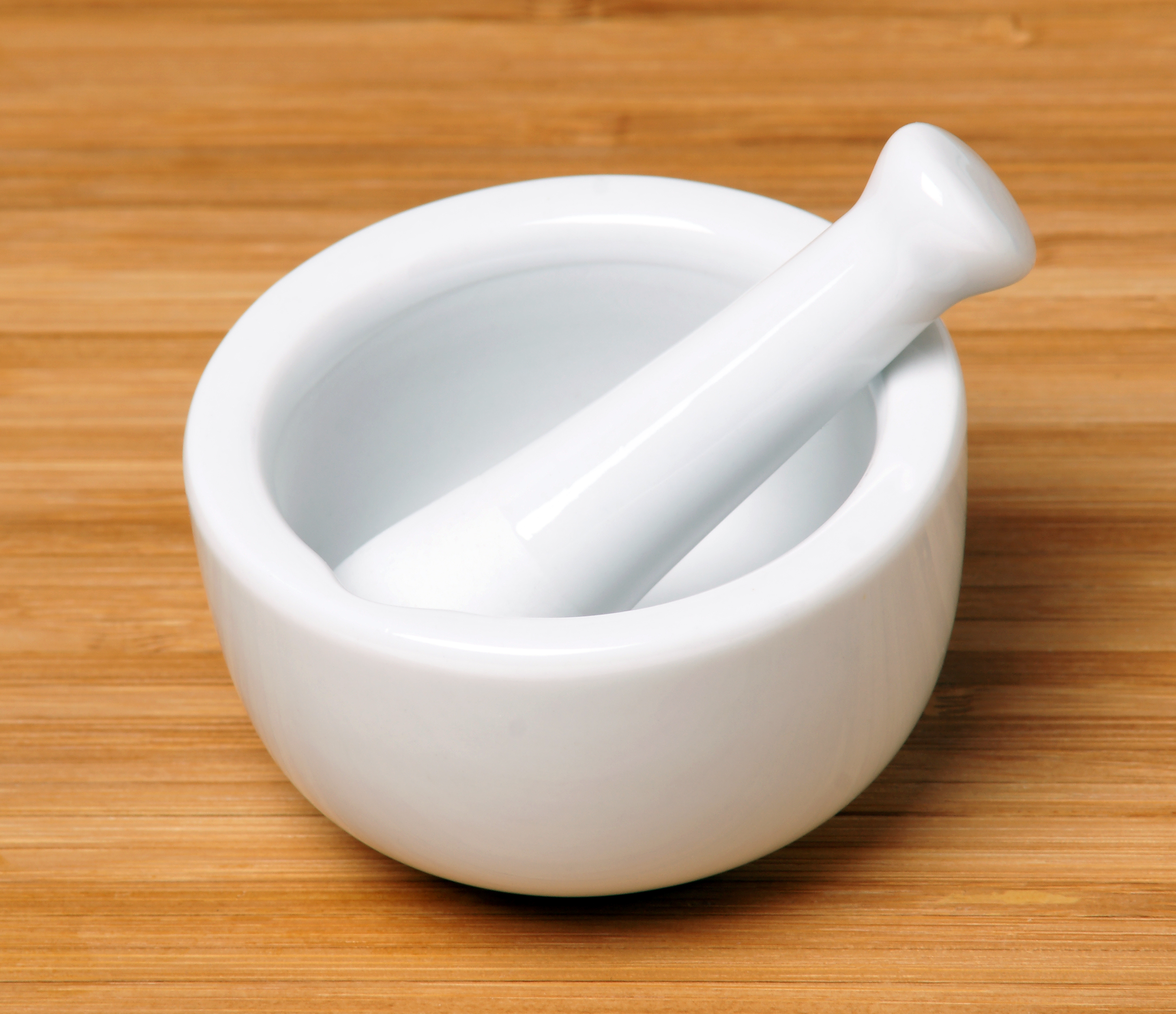
Mortar and pestle
Used for crushing and grinding substances.
37
New cards

Magnetic stirrer
Uses a Rotating magnetic field to stir liquids.
38
New cards
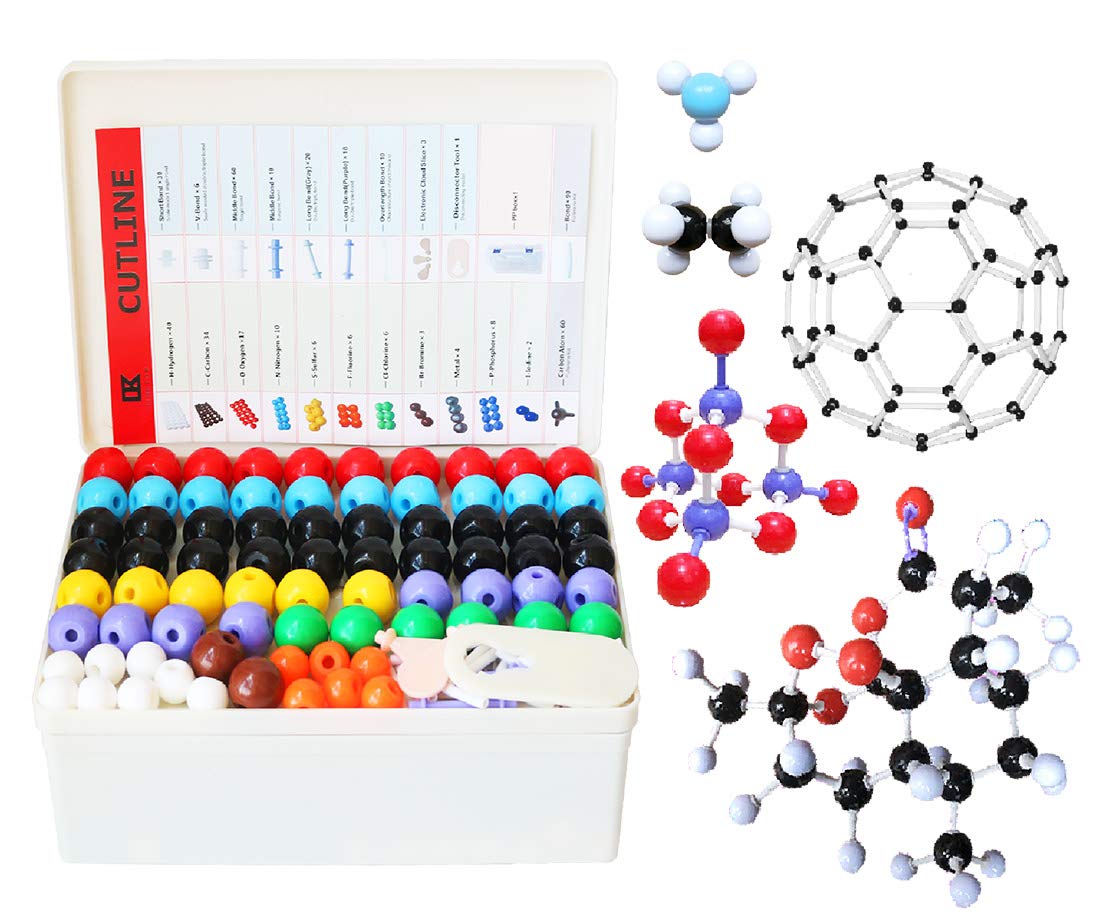
Molecular model set
Used to make models that represent molecules and their processes.
39
New cards
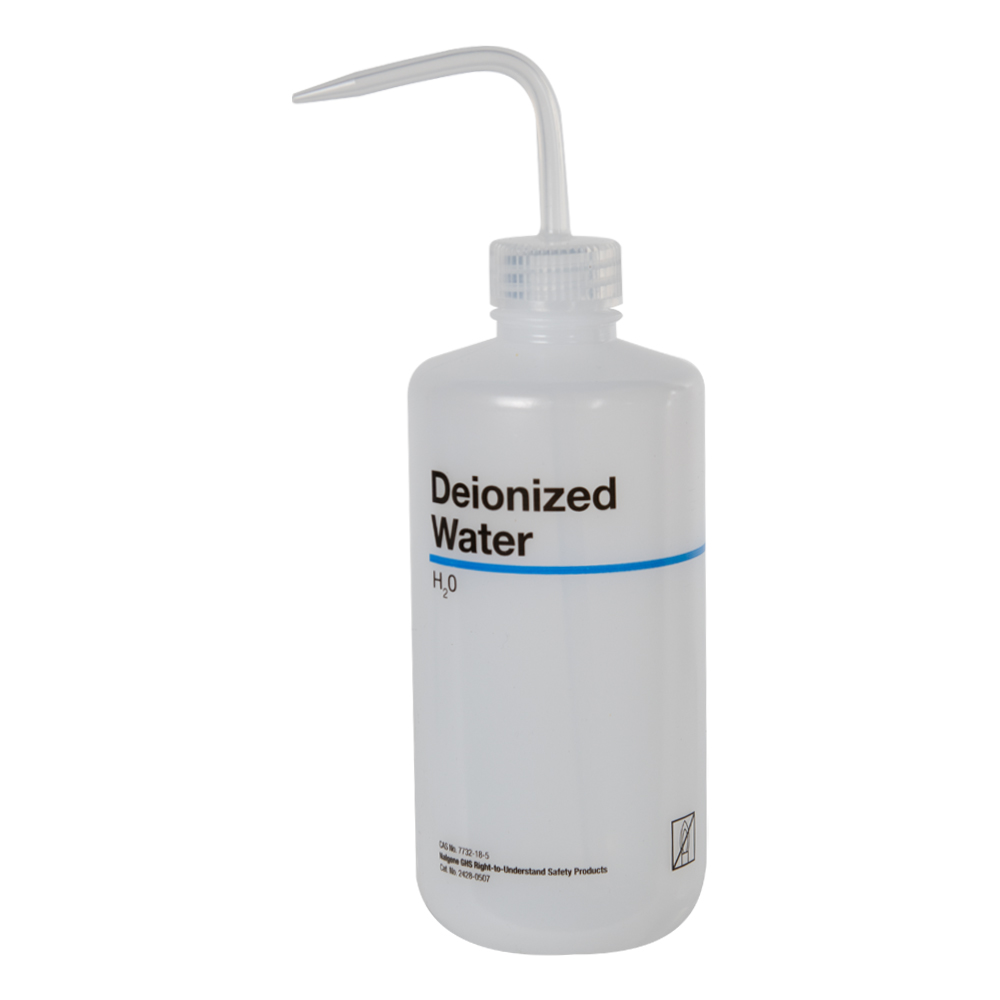
Deionized water
Very pure water that does not contaminate results of experiments using water.
This water is water that had ions removed.
This water is water that had ions removed.
40
New cards
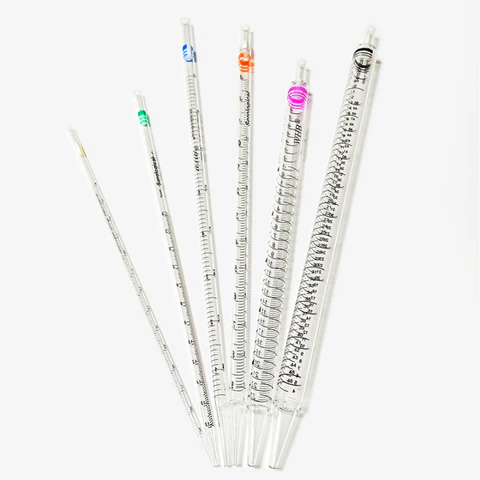
Pipet
Used to transfer a measured amount volume of liquid
41
New cards
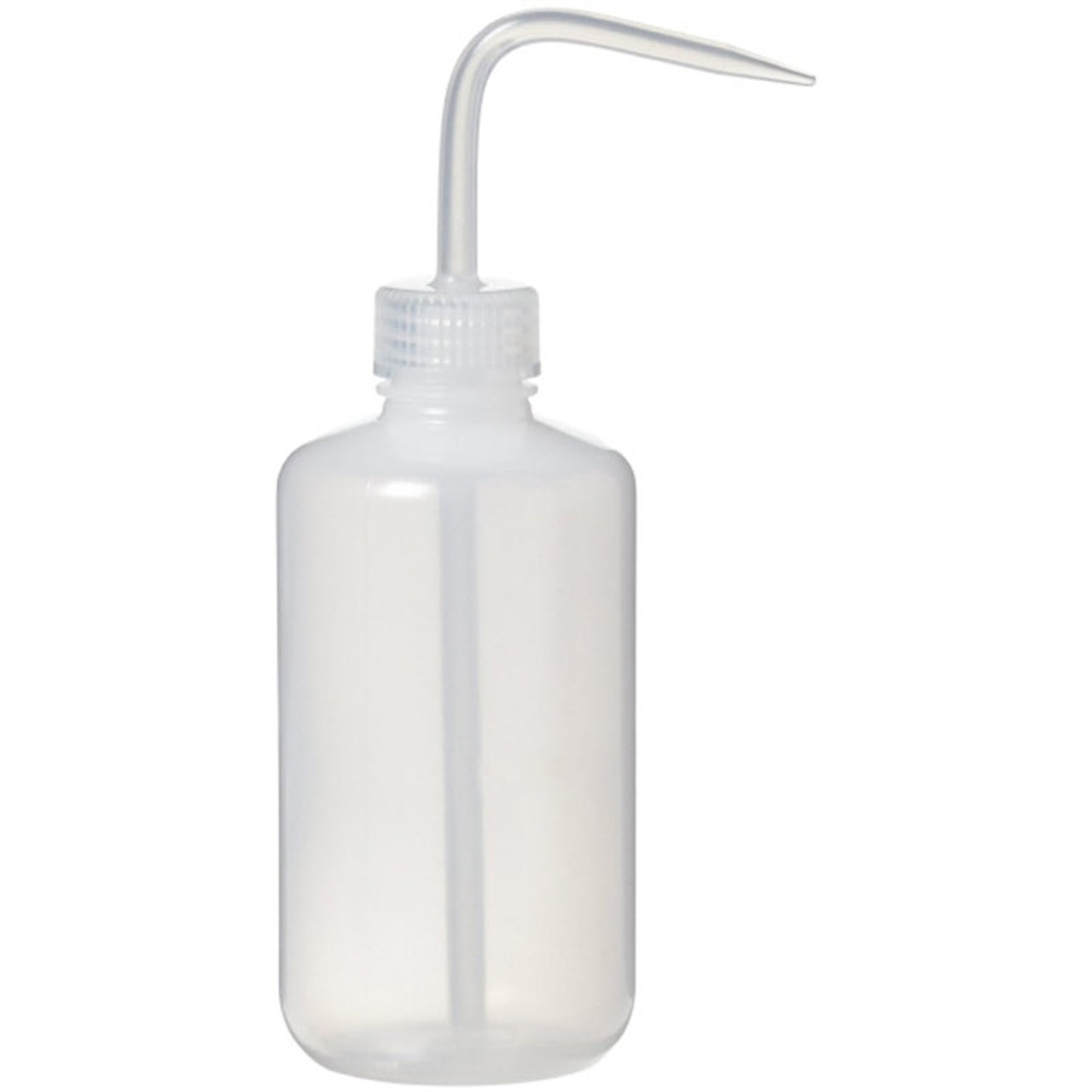
Wash bottle
A bottle that is squeezable with a end nozzle piece.
It is used to rinse laboratory glassware, such as test tubes and round bottom flasks.
It is used to rinse laboratory glassware, such as test tubes and round bottom flasks.
42
New cards
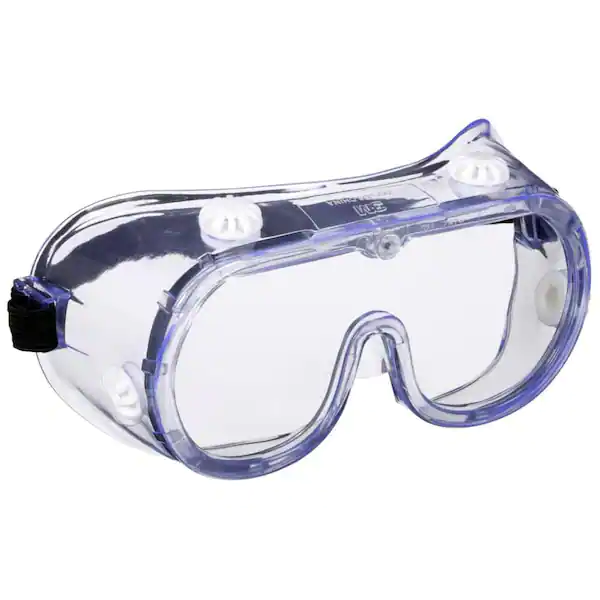
Safety Goggles
Used to protect your eyes from sharp, hot or corrosive fragments/gasses/liquids
43
New cards
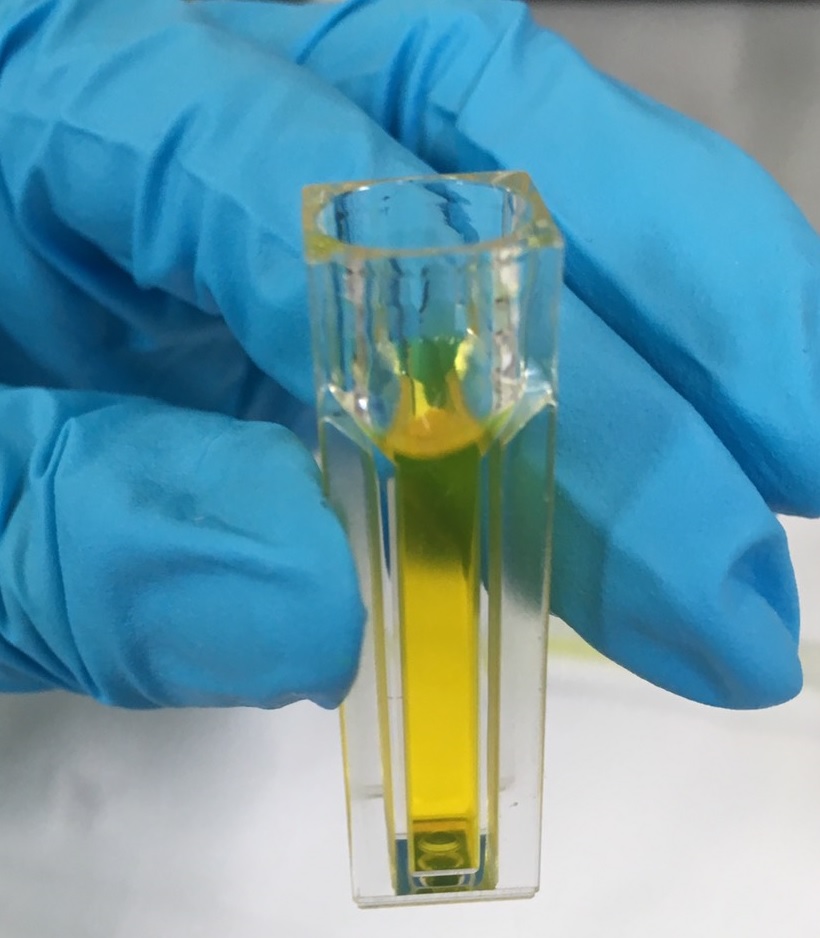
Cuvet
A small tube, sealed at one end, designed to hold samples for spectroscopic experiments
44
New cards
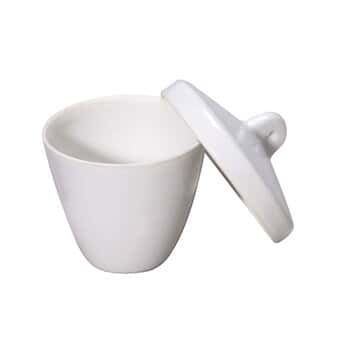
Crucible with cover
Used to hold smaller amounts of chemicals during high temperature heating.
The cover helps keep oxygen out of the reaction.
The cover helps keep oxygen out of the reaction.
45
New cards
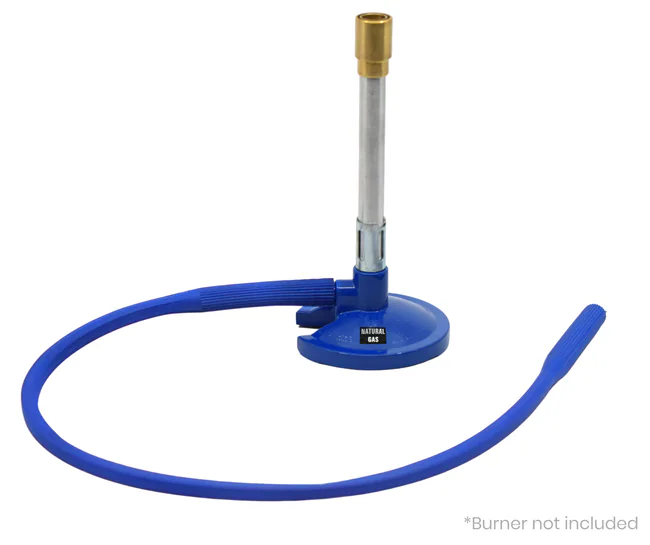
Bunsen Burner hose
Carries gas to the Bunsen burner itself
46
New cards
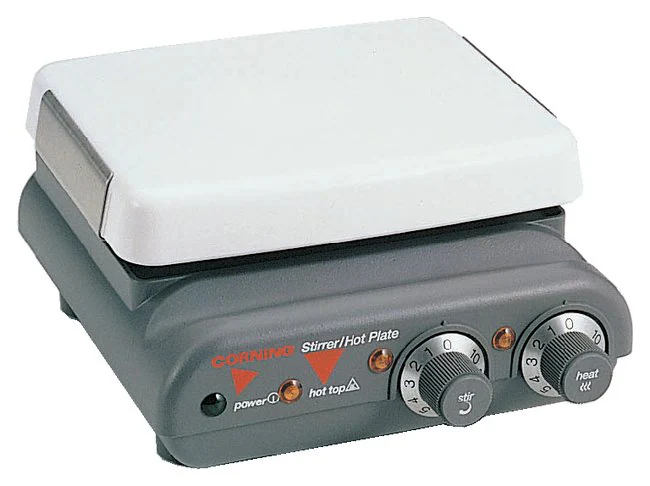
Hot plate
Used as an adjustable heating source that is used to heat chemicals and is an alternative to
a Bunsen burner
a Bunsen burner
47
New cards
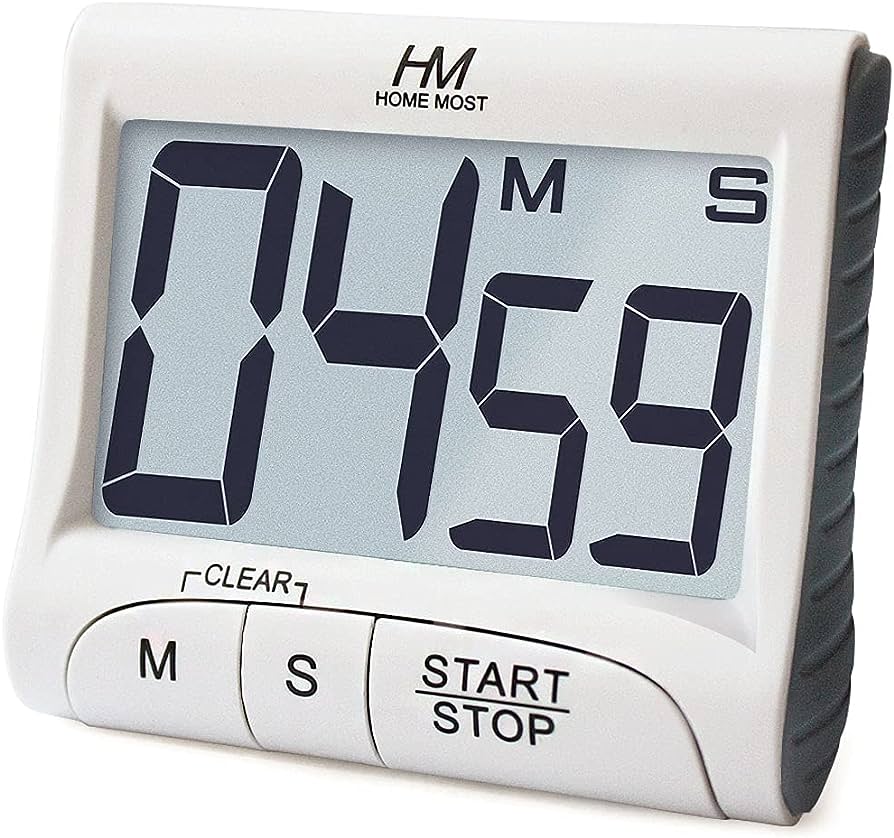
Timer/Stopwatch
Used for recording reaction times and recording time lapses on an experiment.
48
New cards
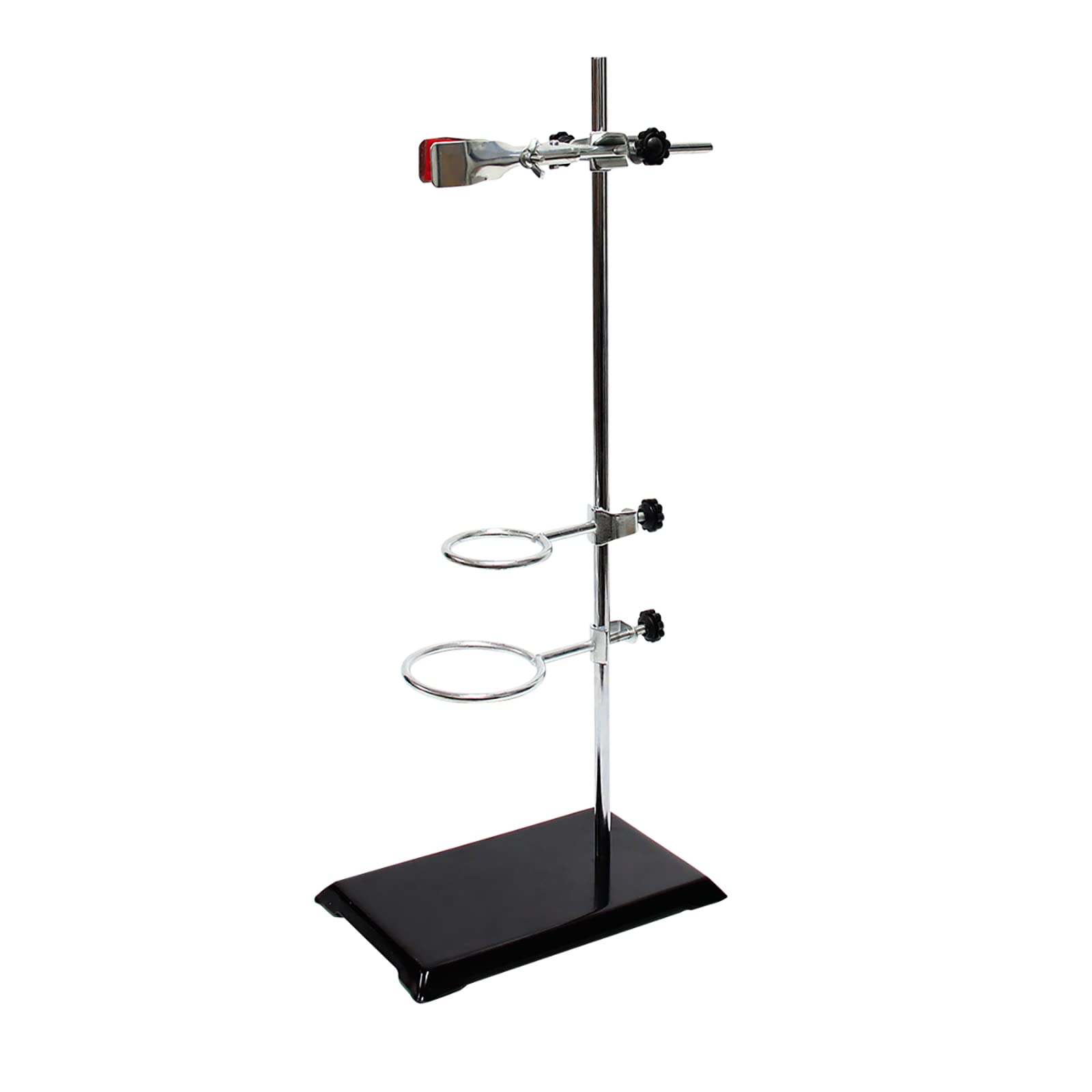
Support stand
A stand used to support ring clamp or test tube clamp
49
New cards
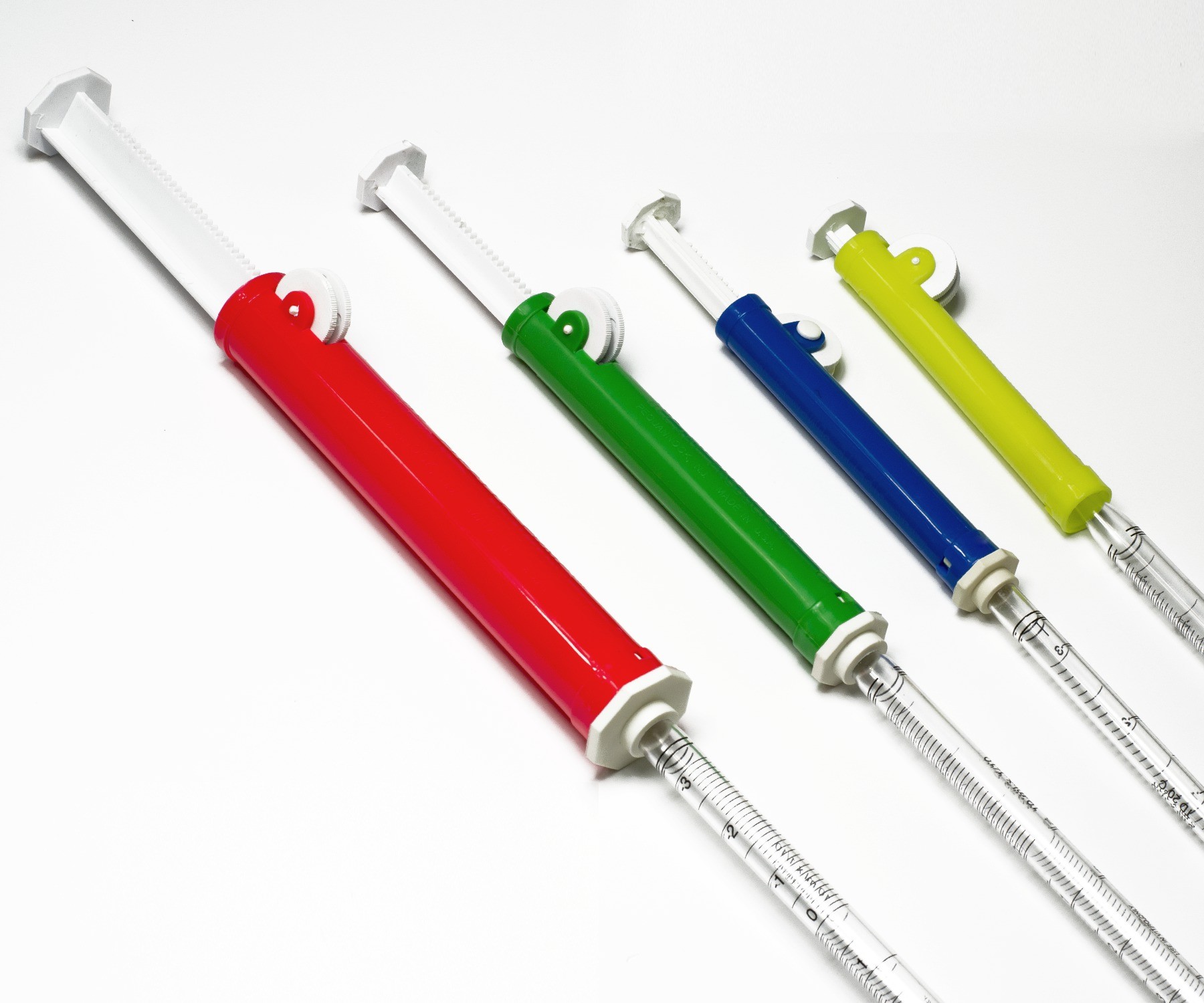
Pipet pump
This instrument is used to pump or draw liquids
Allows more accurate handling of volume in pipet.
Allows more accurate handling of volume in pipet.
50
New cards
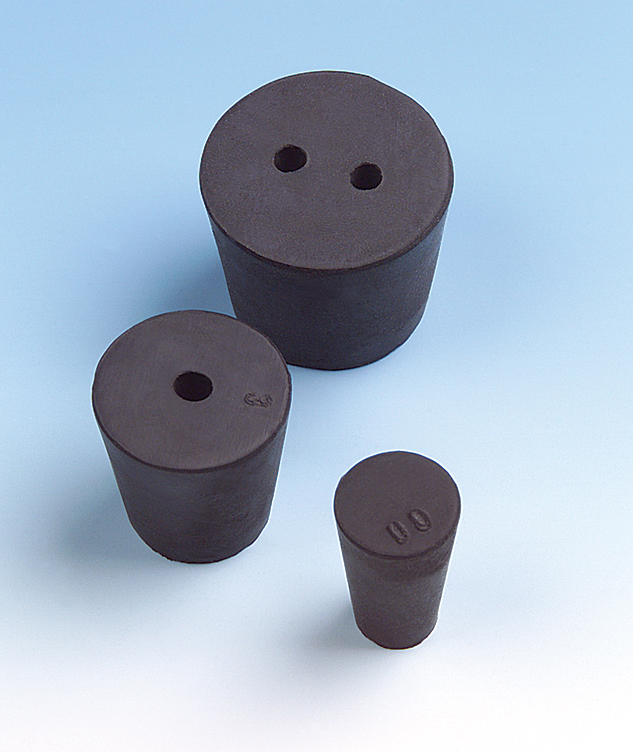
Rubber stopper
It is used to close laboratory glassware.
It’s usually inserted into the top.
They come in many different sizes.
Can have holes for thermometers and for other probes that may be used.
It’s usually inserted into the top.
They come in many different sizes.
Can have holes for thermometers and for other probes that may be used.
51
New cards
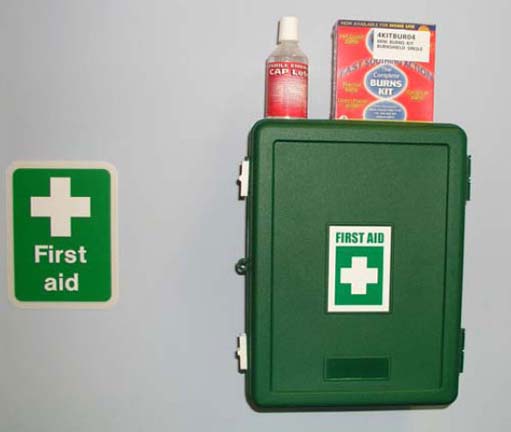
First aid kit
Used to temporarily patch an open wound or burn caused in a lab experiment.
52
New cards
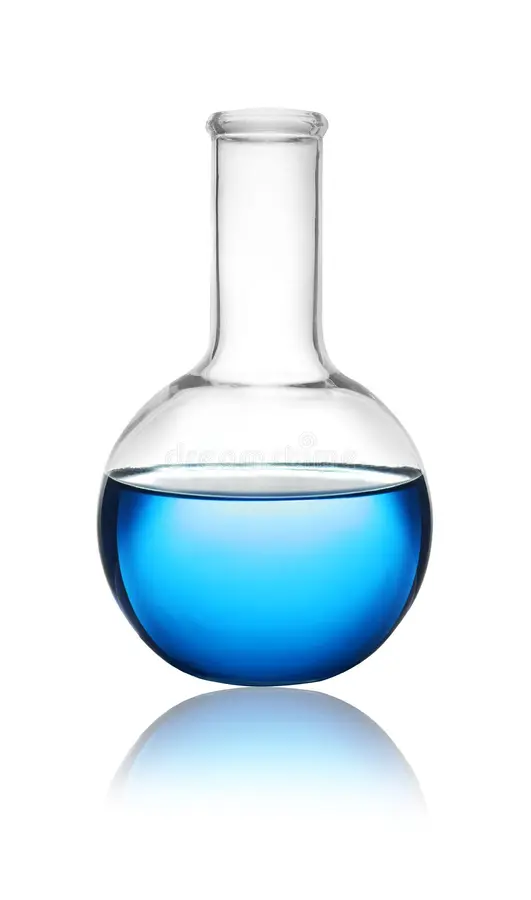
Florence flask
A round-bottom borosilicate glass container with glass walls, capable of withstanding temperature changes
Used to hold liquids.
Used to hold liquids.
53
New cards
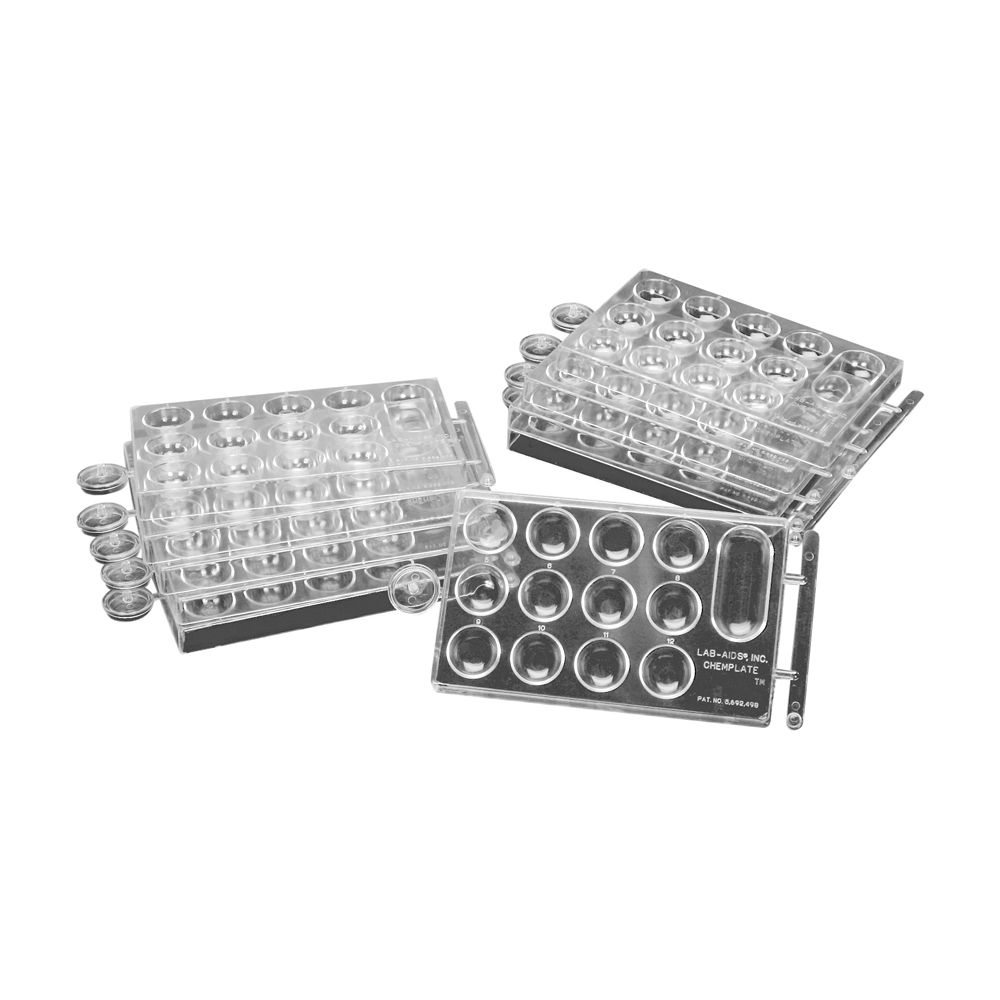
Chemplate or Well-plate
A flat plate with multiple "wells" used as small test tubes.
Used to hold chemicals and test chemical reactions.
Used to hold chemicals and test chemical reactions.
54
New cards
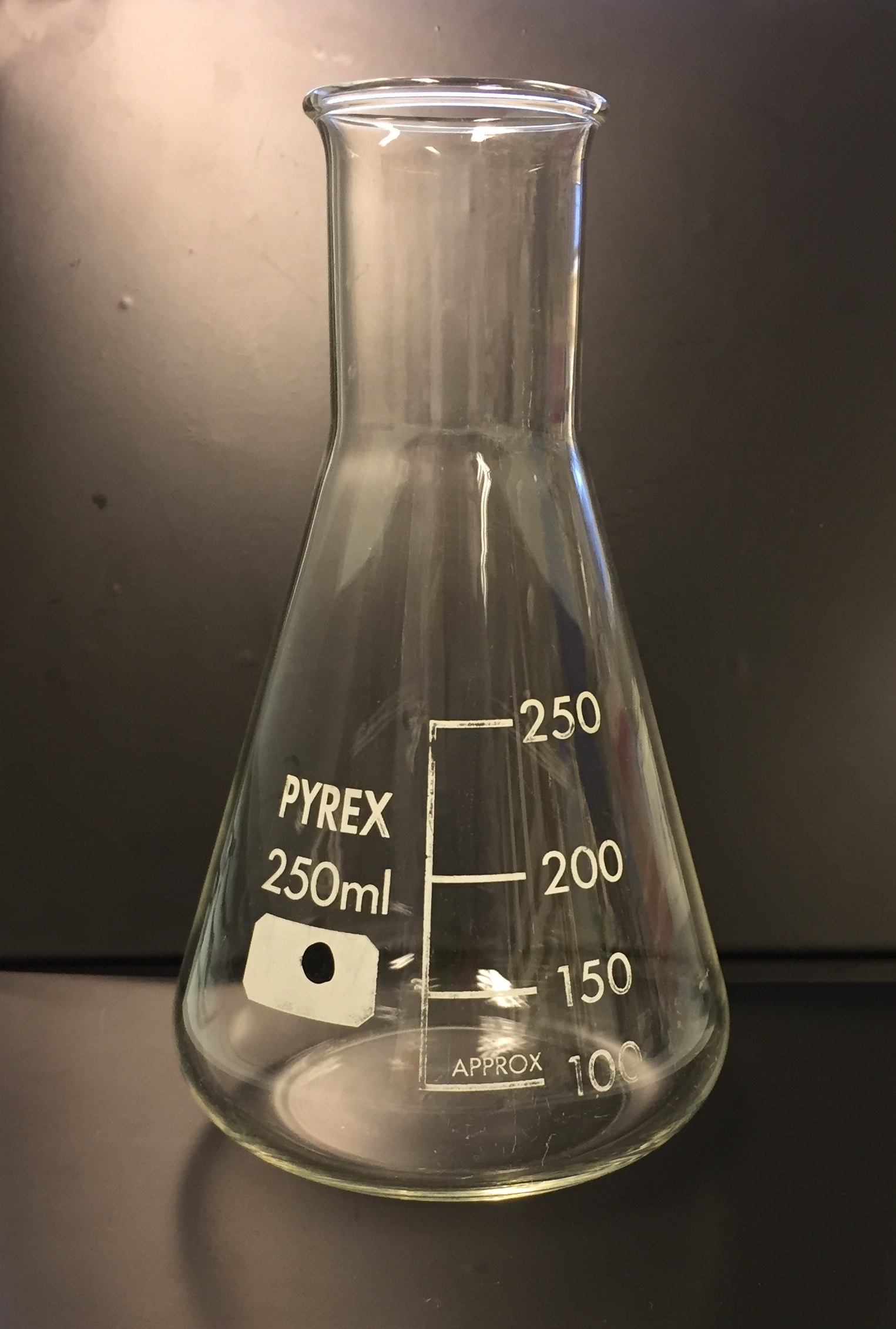
Erlenmeyer flask
Used to indicate the approximate volume of contents.
55
New cards
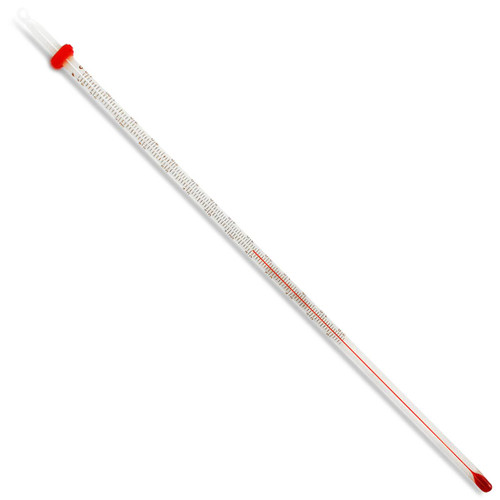
Thermometer
Used to measure the temperature of things.
56
New cards
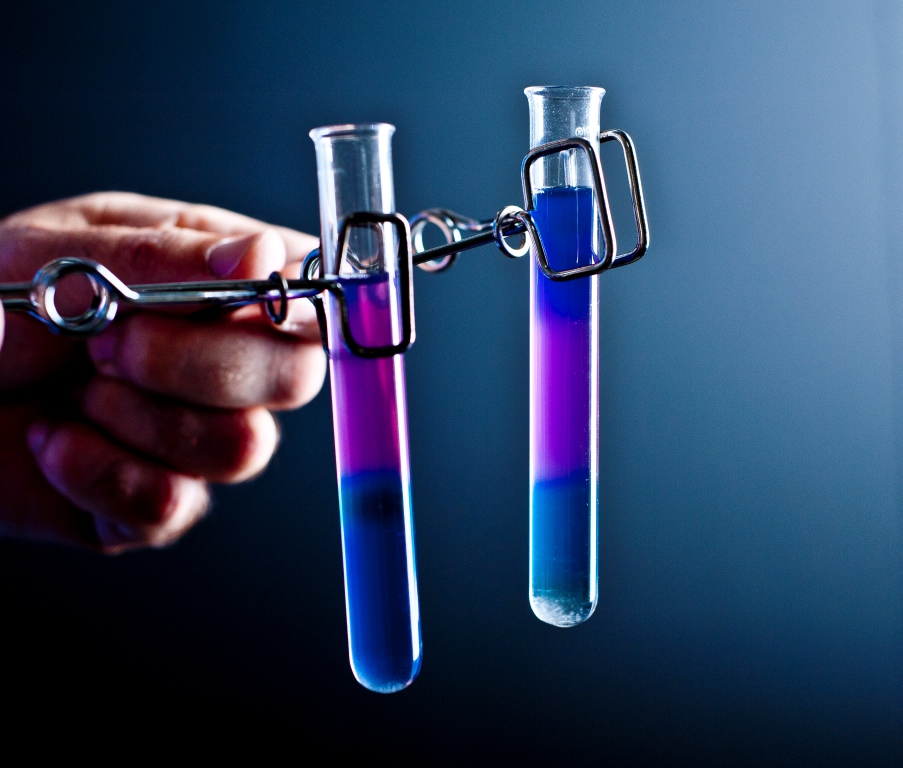
Test tube
Used to hold, mix or heat liquid.
Can be heated.
A glass tube open on one side used for laboratory experiments and or testing.
Can be heated.
A glass tube open on one side used for laboratory experiments and or testing.
57
New cards
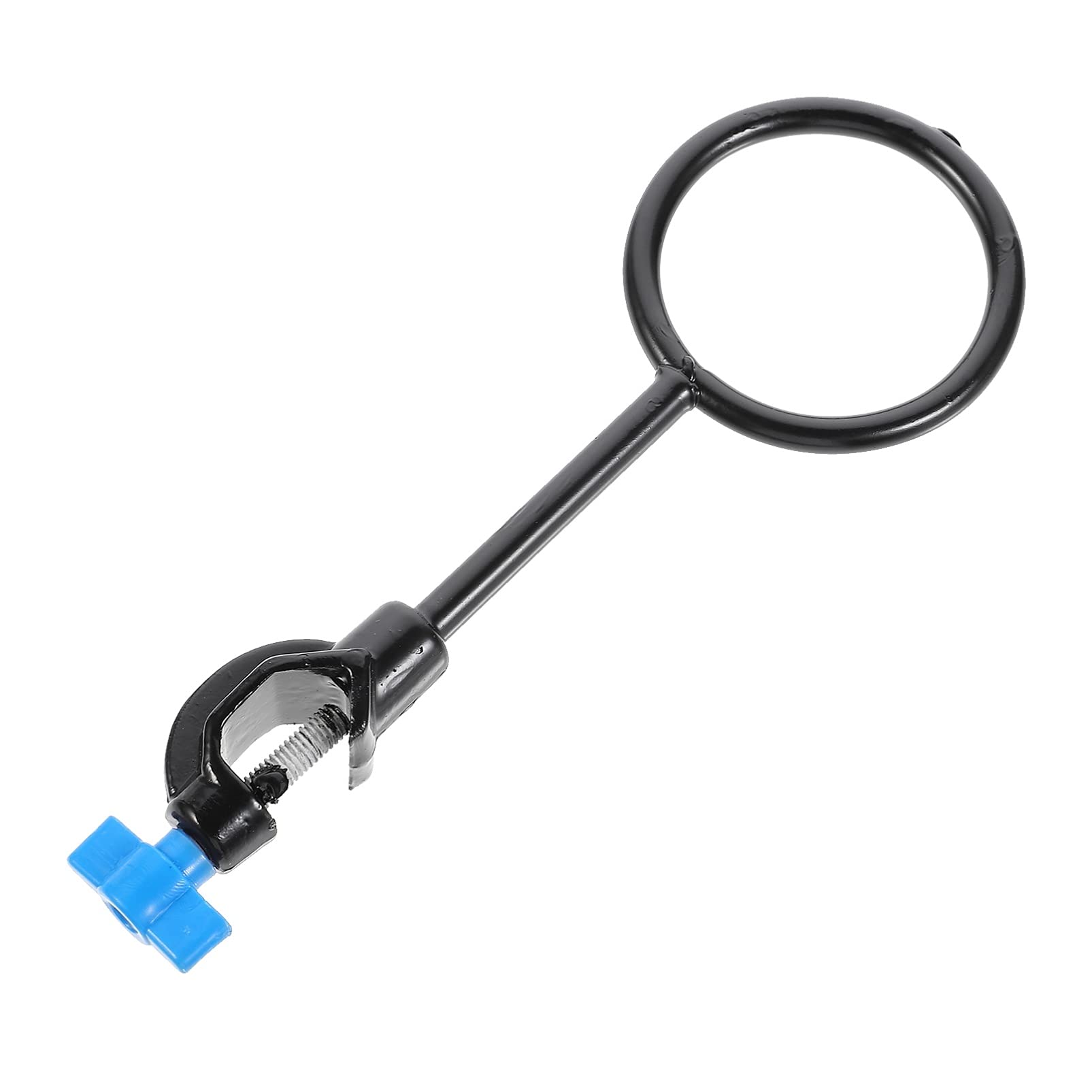
Iron support ring
Attached to support stand; generally used to place wire gauze on to heat beakers etc.
Supports equipment above work surface
Supports equipment above work surface
58
New cards
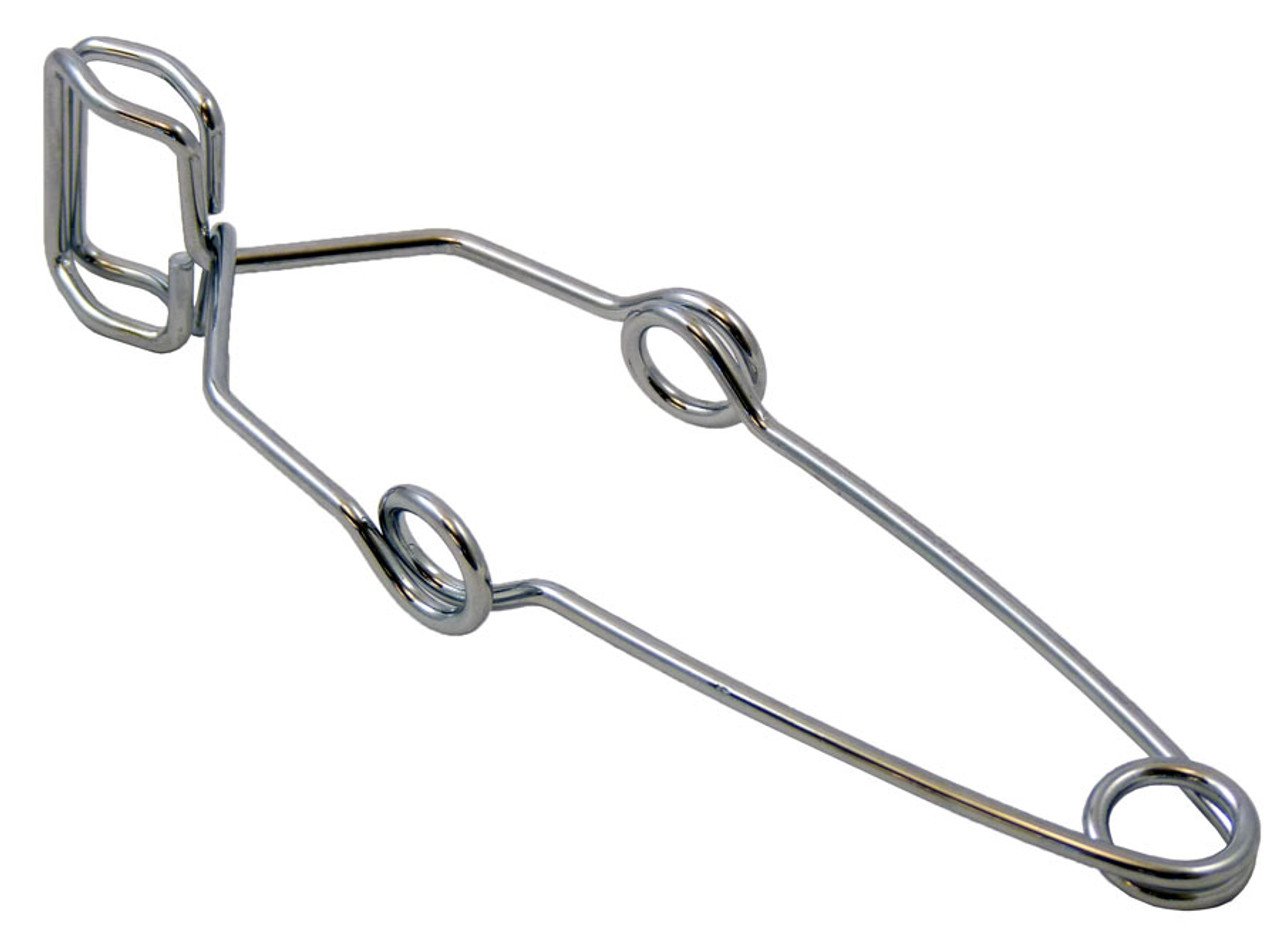
Test tube clamp
It is a clamp that holds a test tube -- for instance to hold a test tube while heating it without
getting burned.
Temporarily hold test tube filled with chemicals.
It is different from a rack, which is used to hold many test tubes at once.
getting burned.
Temporarily hold test tube filled with chemicals.
It is different from a rack, which is used to hold many test tubes at once.
59
New cards
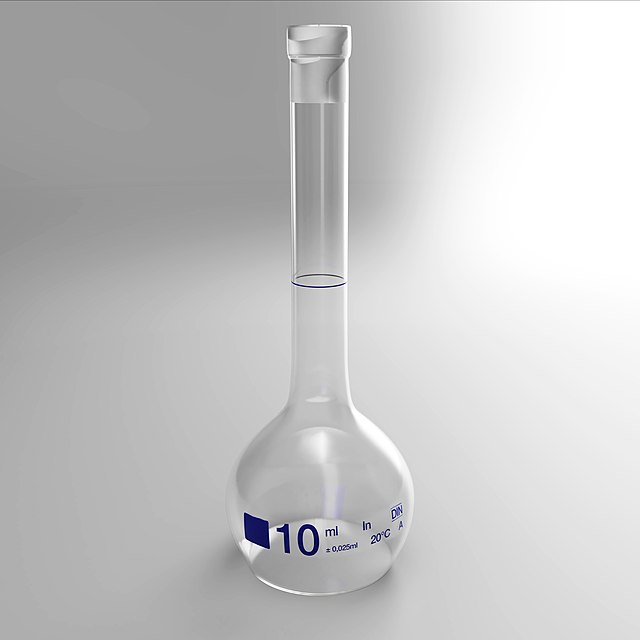
Volumetric flask
Lab glassware calibrated to accurately measure the volume of the flask’s contents.
It is a small glass flask used in chemistry laboratory’s, with a narrow neck and a cap on the
top.
It is a small glass flask used in chemistry laboratory’s, with a narrow neck and a cap on the
top.
60
New cards
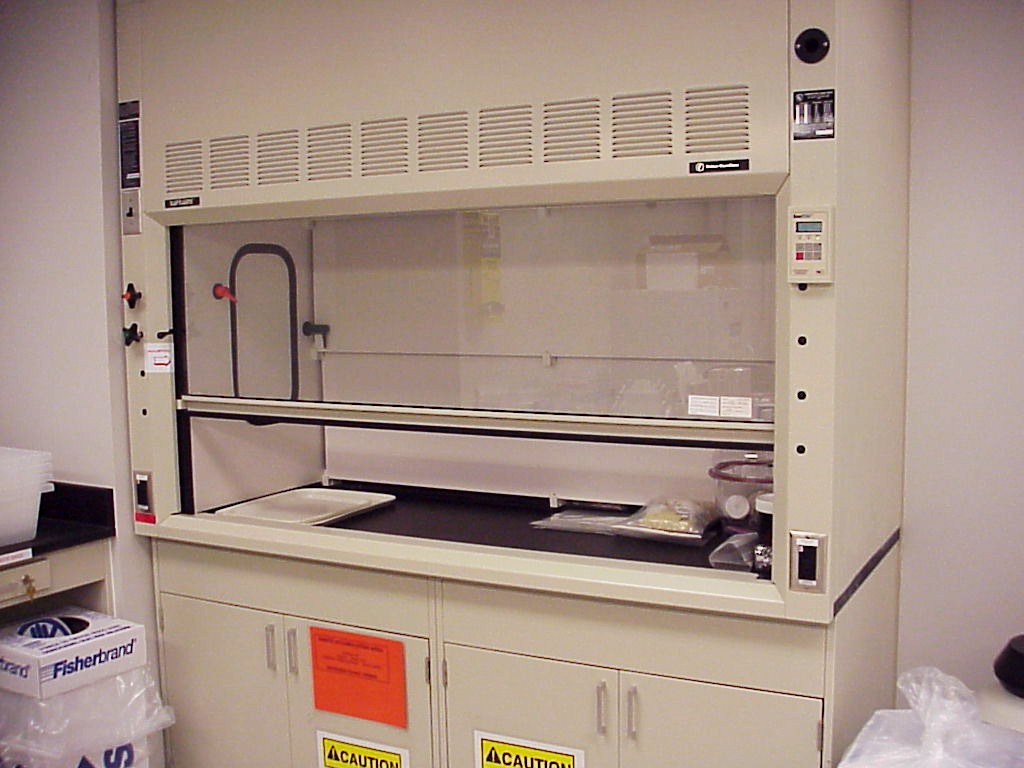
Fume hood
Used to limit exposure to hazardous or toxic fumes, vapors, or dust.
Used for ventilating the chemicals from an experiment that has been performed with an
exhaust used to contain toxic fumes from harming a person.
The exhaust sucks all the fumes in the container and pushes the fumes outside of the
laboratory.
Used for ventilating the chemicals from an experiment that has been performed with an
exhaust used to contain toxic fumes from harming a person.
The exhaust sucks all the fumes in the container and pushes the fumes outside of the
laboratory.
61
New cards
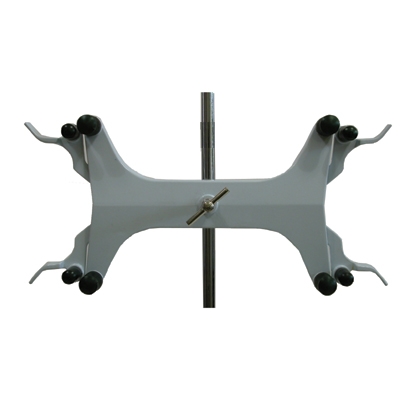
Buret clamp
Used to hold a test tubes, burets, and other glassware in place
Used to fasten glassware into place on a support stand.
Used to fasten glassware into place on a support stand.
62
New cards
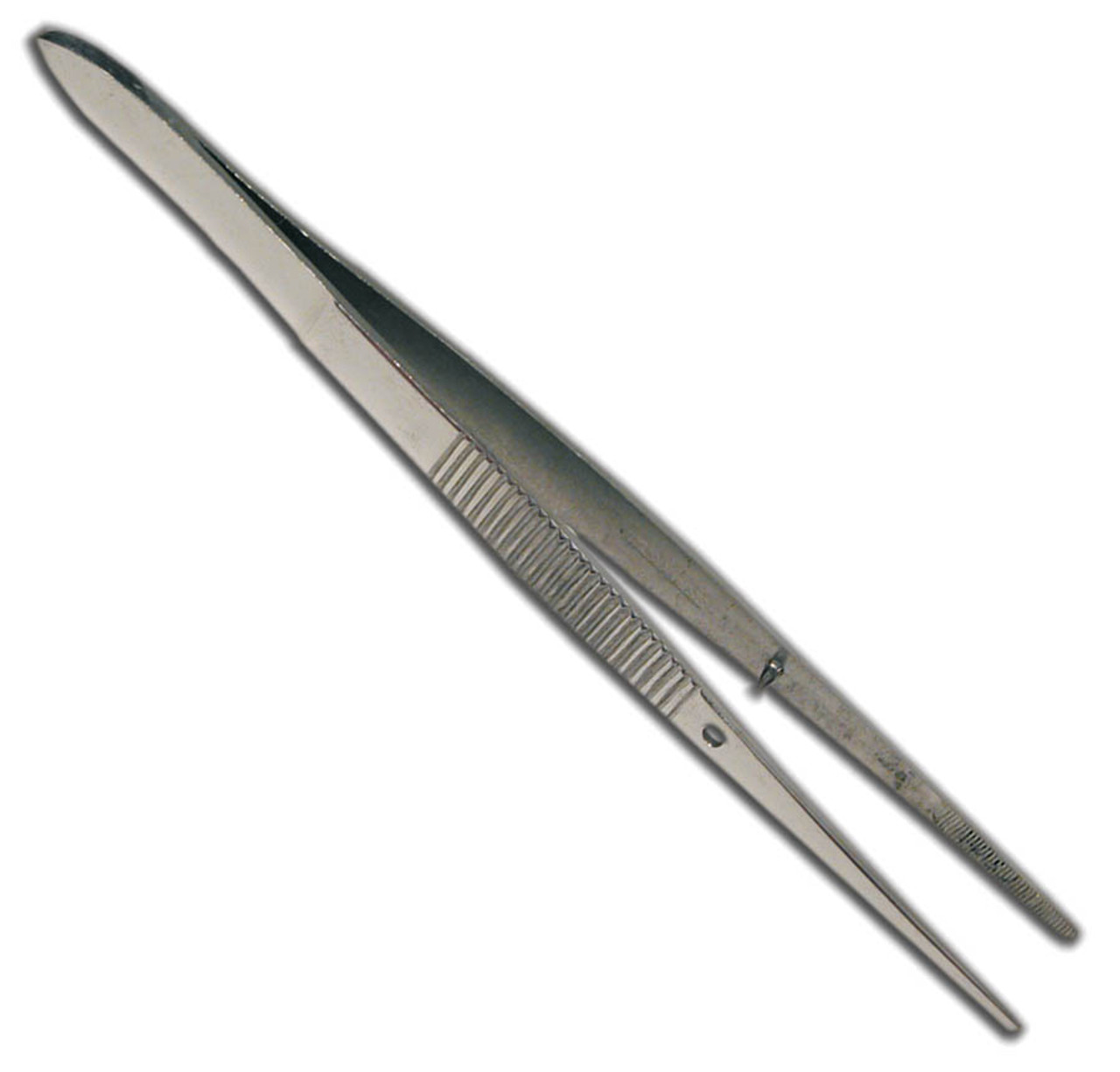
Forceps
Used for picking up small objects
63
New cards
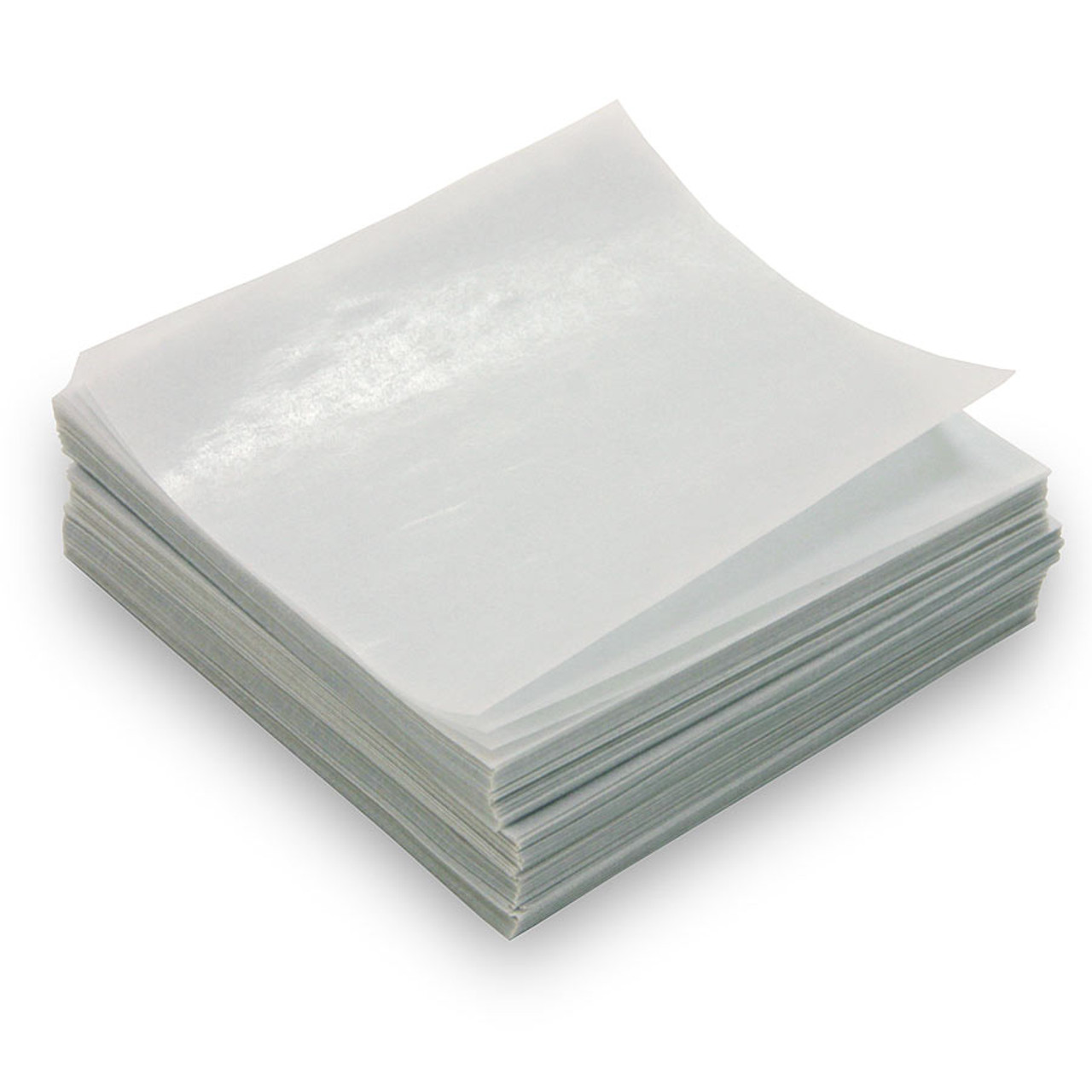
Weighing paper
Used to keep the weighing dish clean
64
New cards
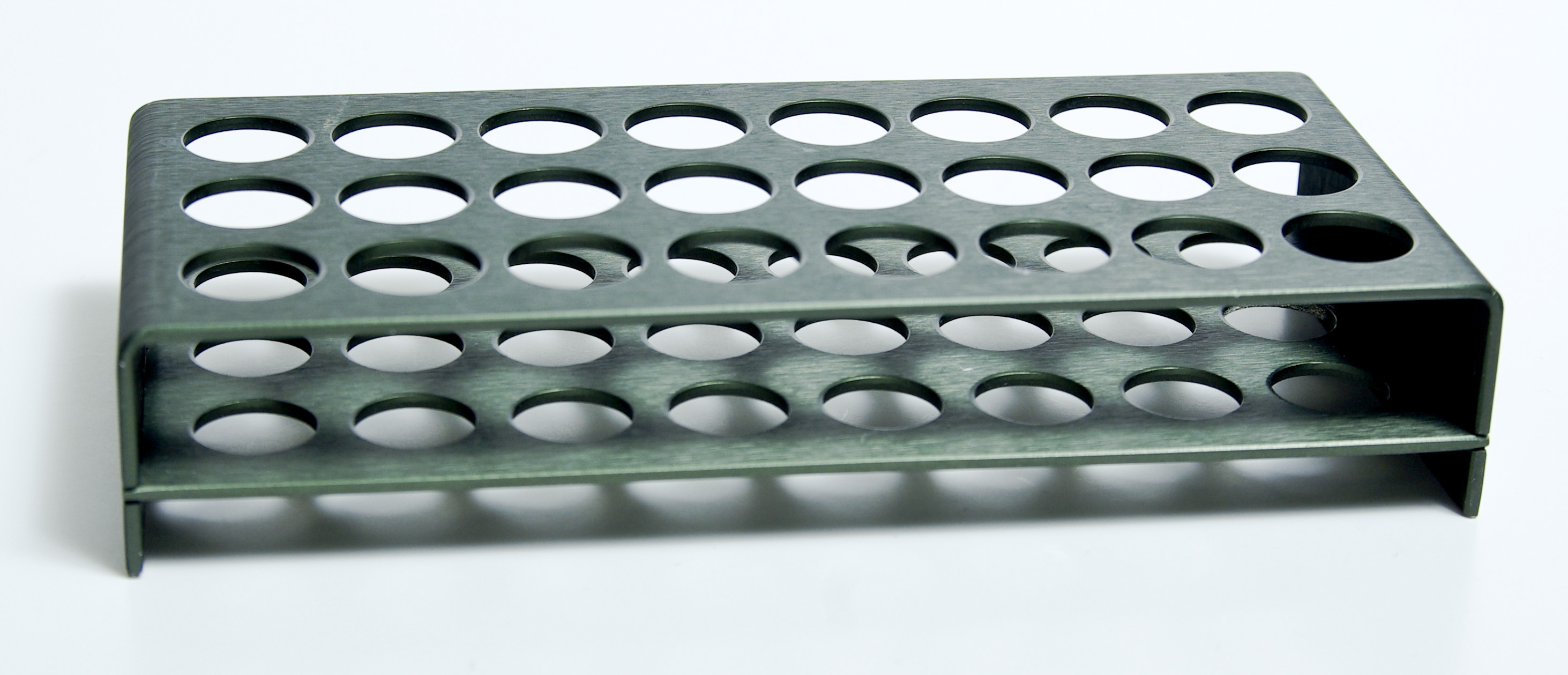
Test tube rack
Used to hold/store test tubes
65
New cards
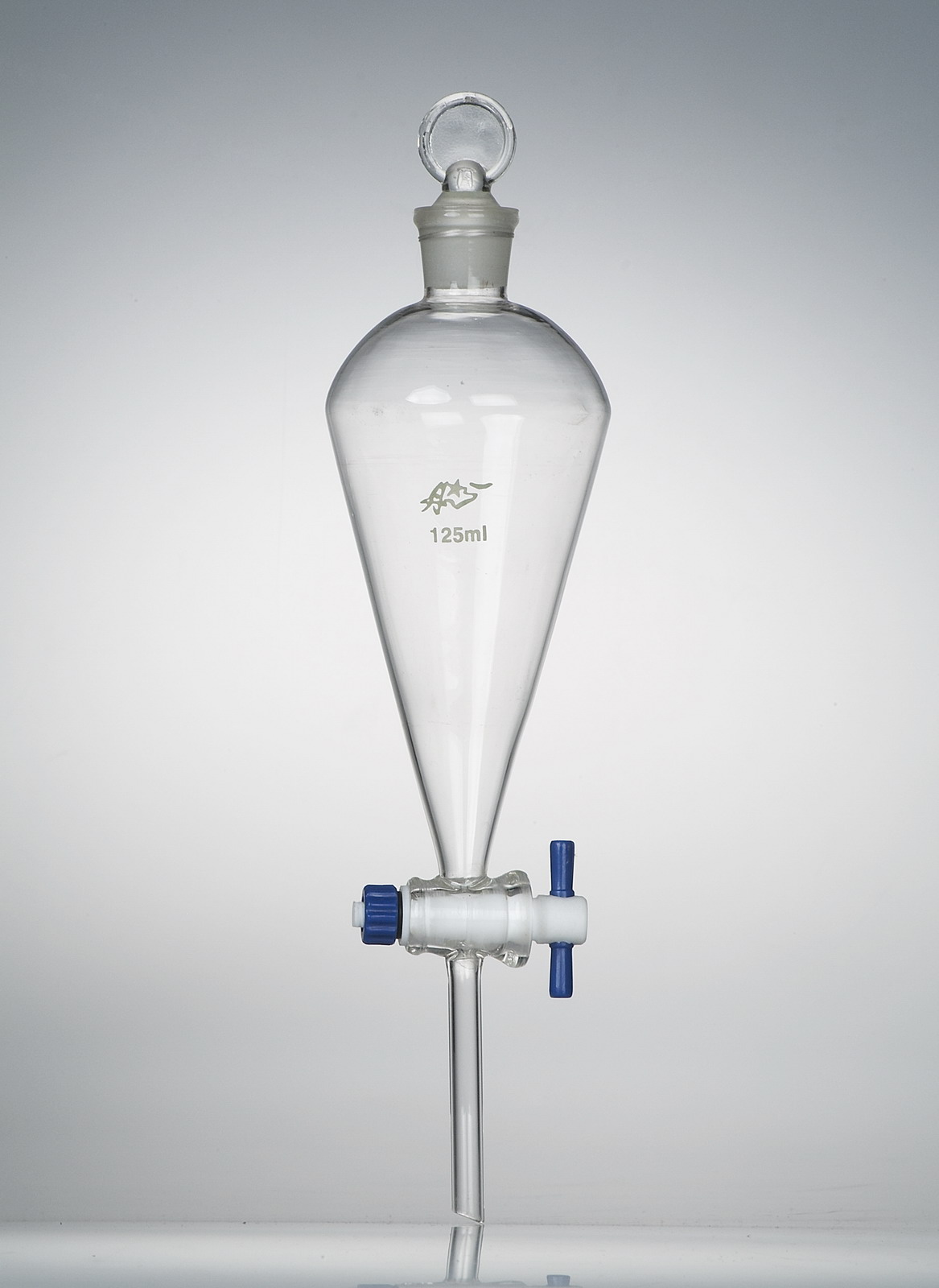
Separatory funnel
Used to separate the components of a liquid-liquid mixture
66
New cards
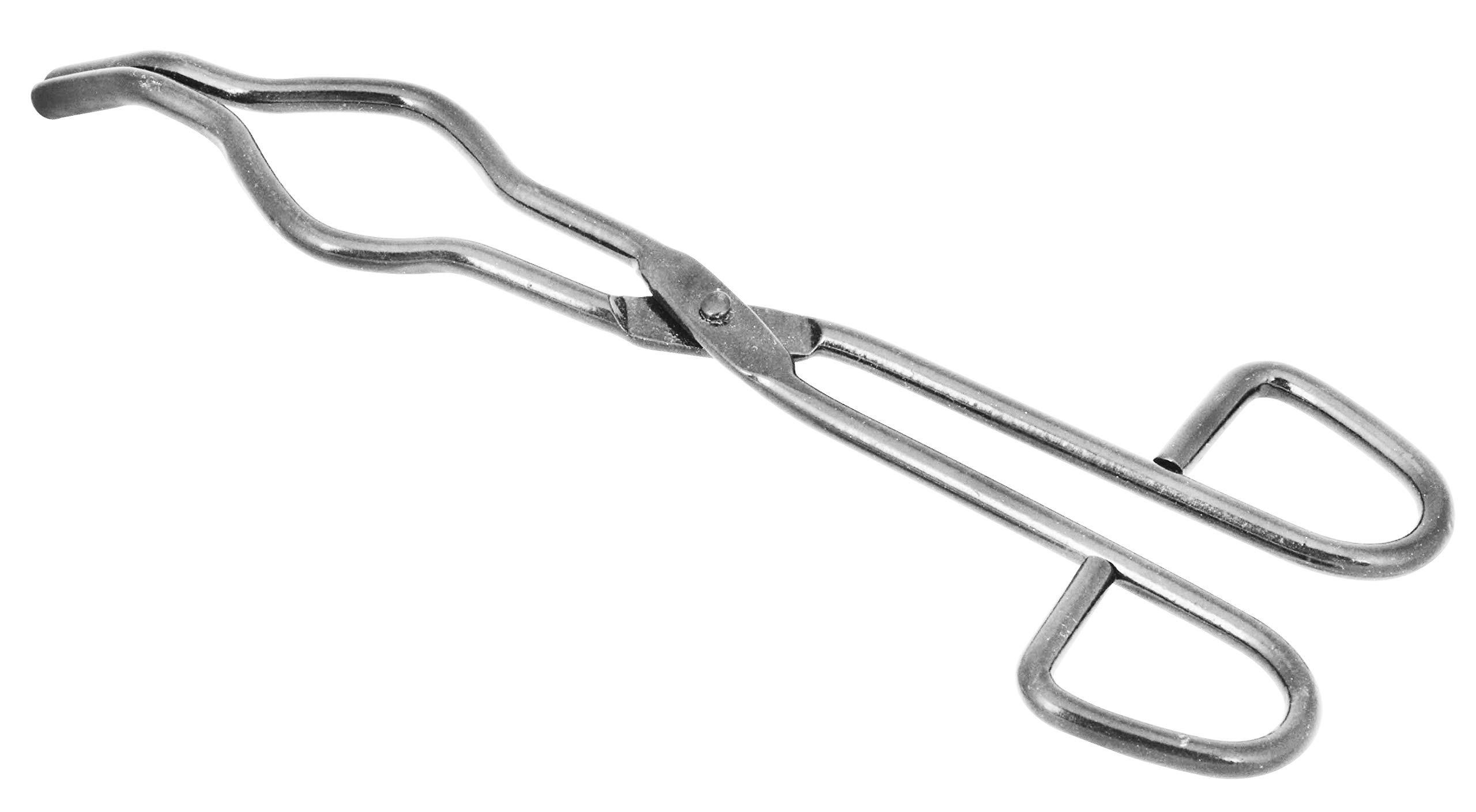
Crucible tongs
Used to carry hot objects
67
New cards
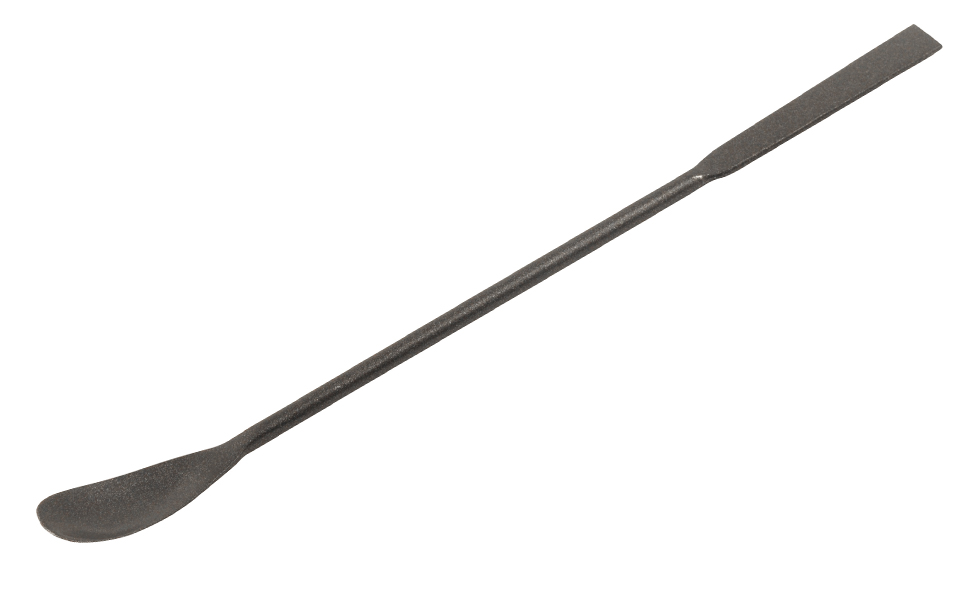
Spatula
Used to take small quantities of solid chemicals
There are different types that are like spoons or shovels
Used to scrape residing substances from bottles
There are different types that are like spoons or shovels
Used to scrape residing substances from bottles
68
New cards
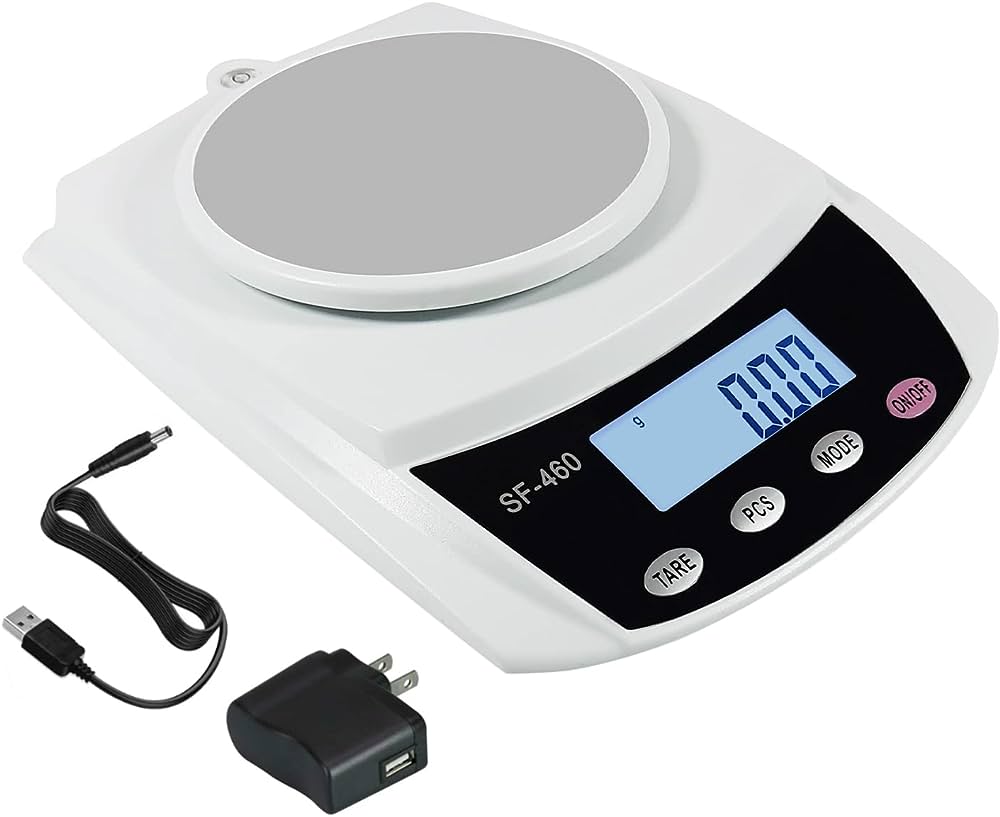
Electronic balance
Weighing device used to digitally show the weight of a substances.
69
New cards
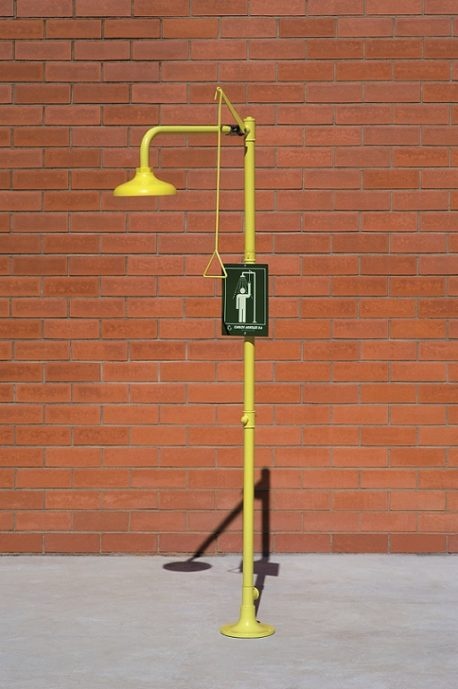
Emergency shower
Used to wash off spilled chemicals
Explore top notes
Explore top flashcards
Lab Equipment Study Guide
Updated 830d agoLab Equipment Study Guide
Updated 830d ago